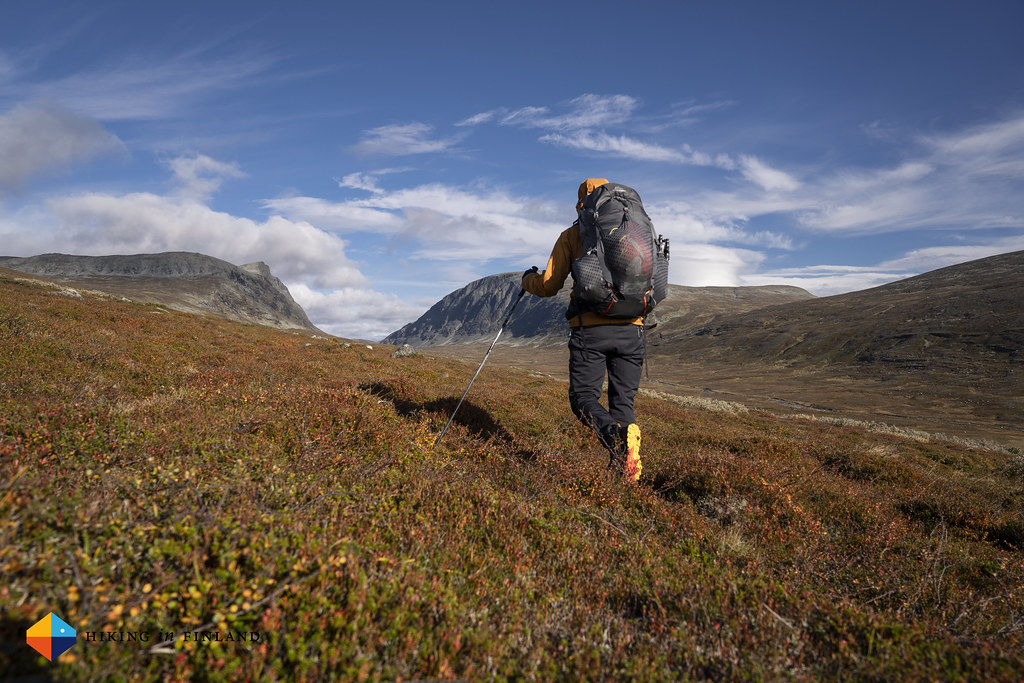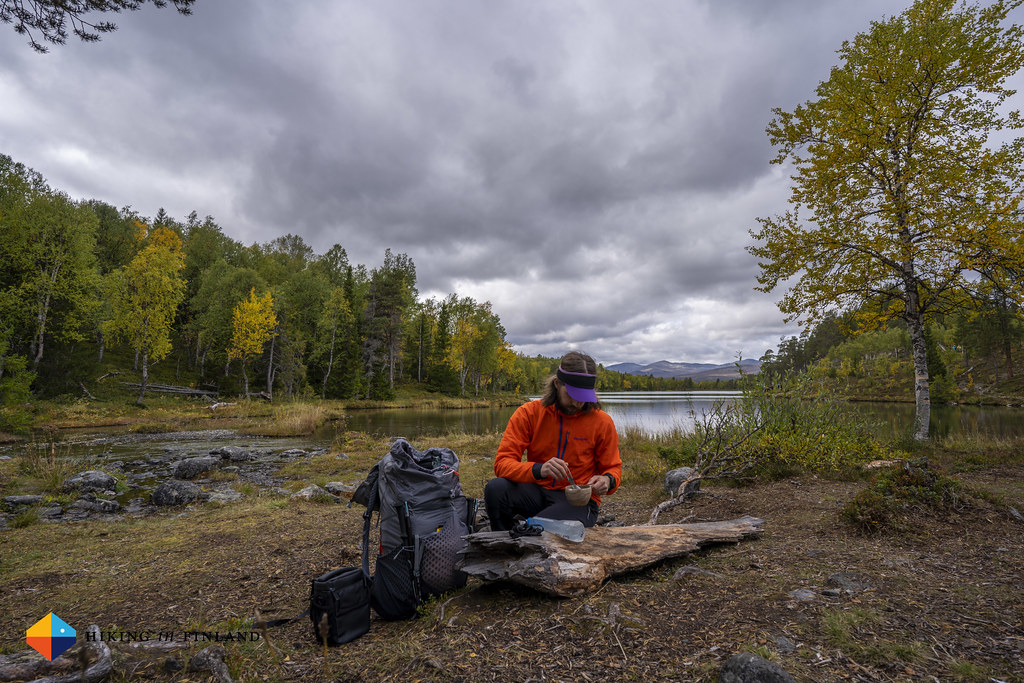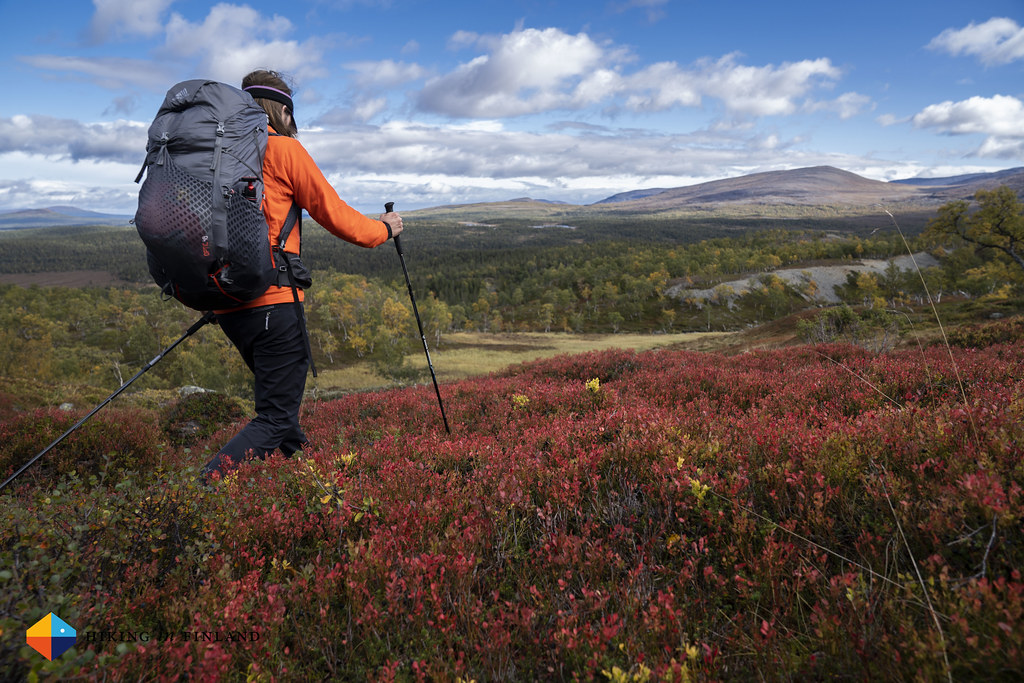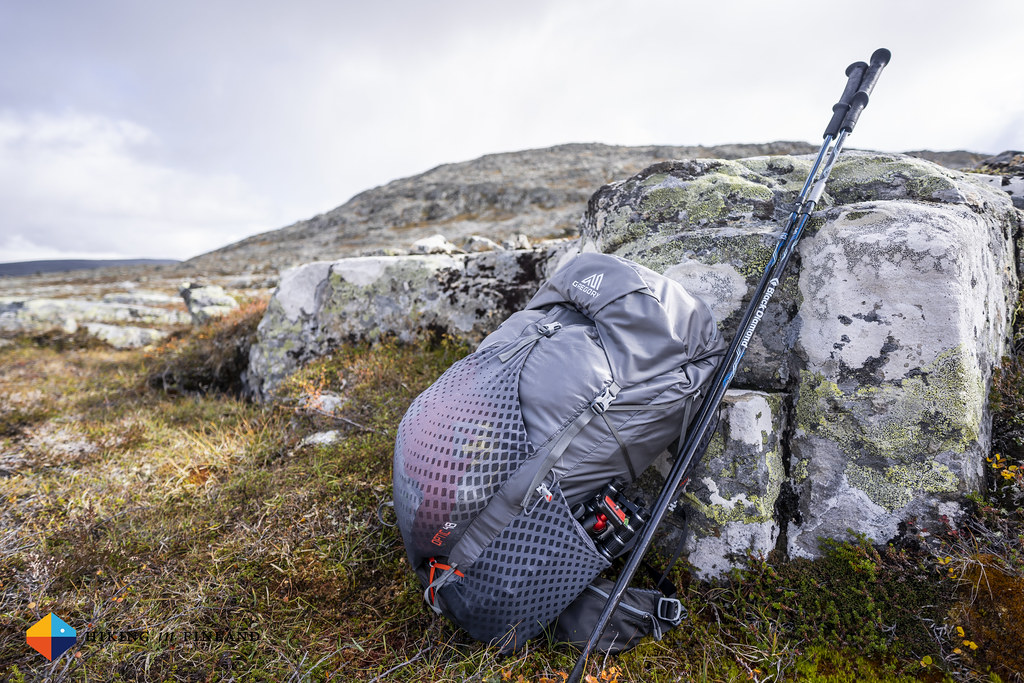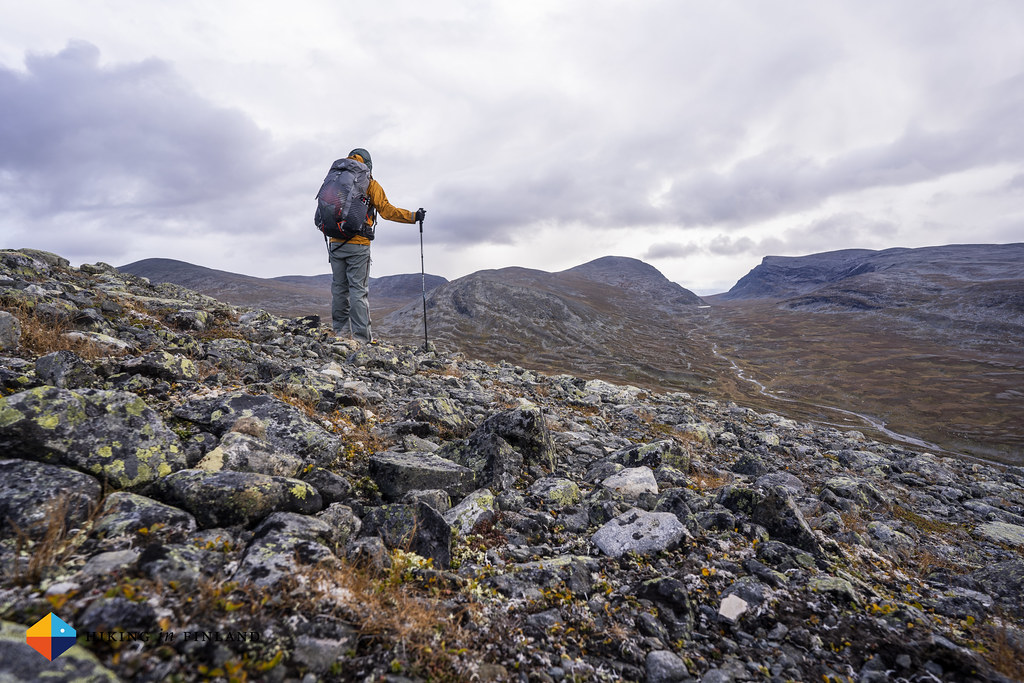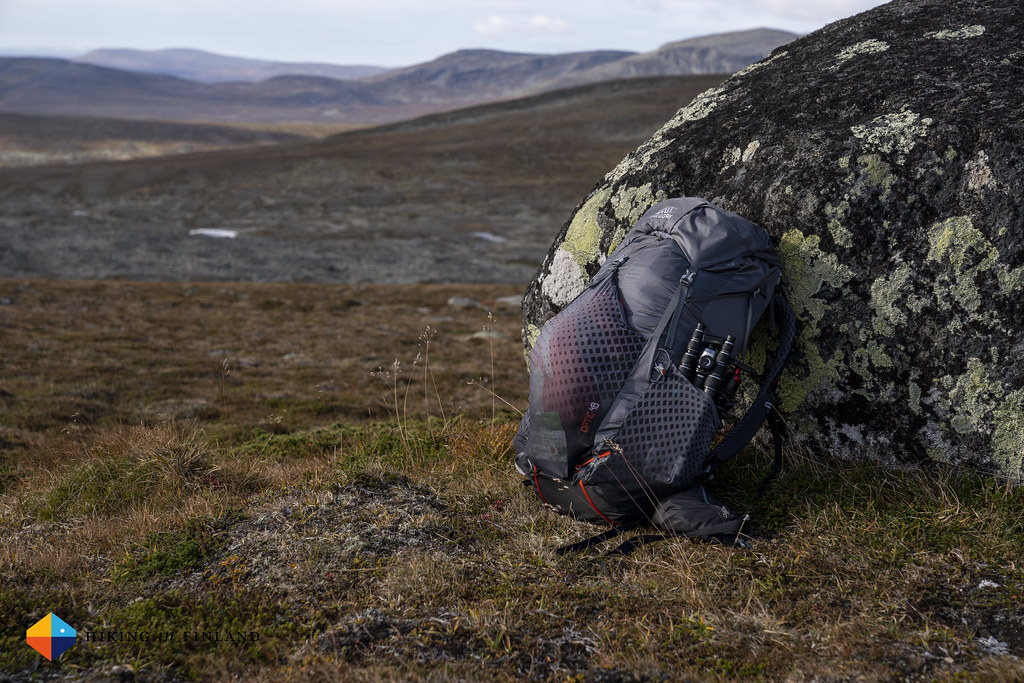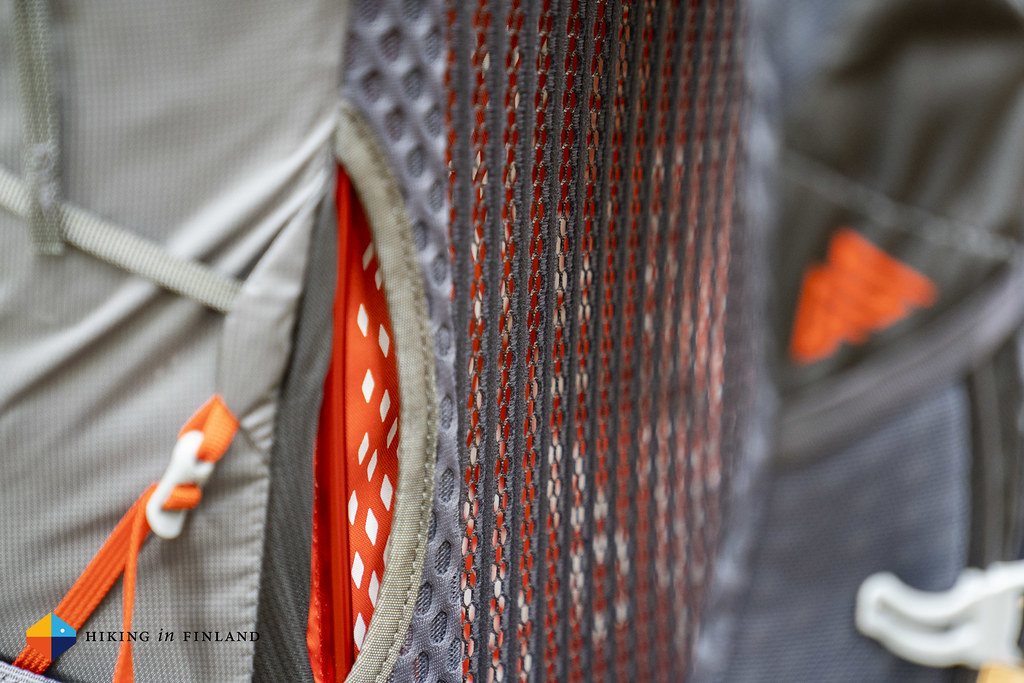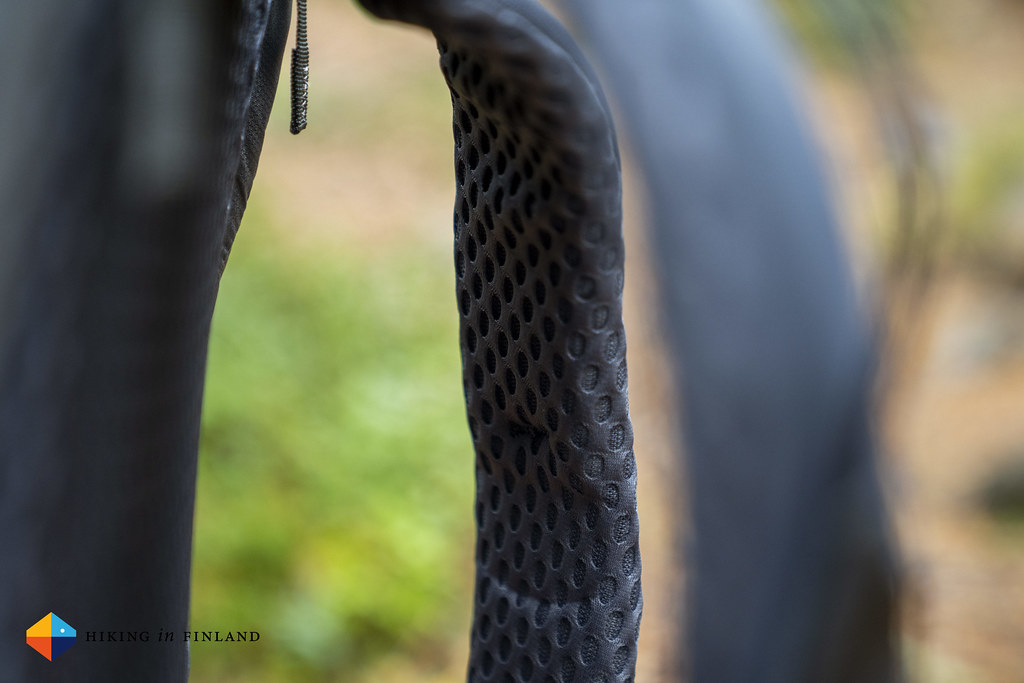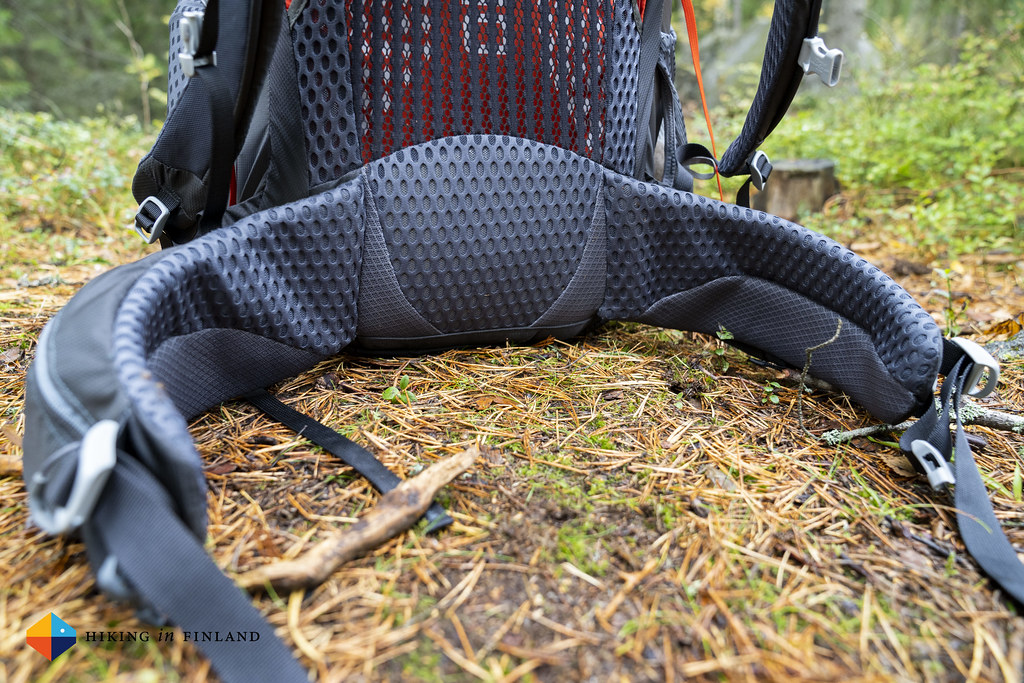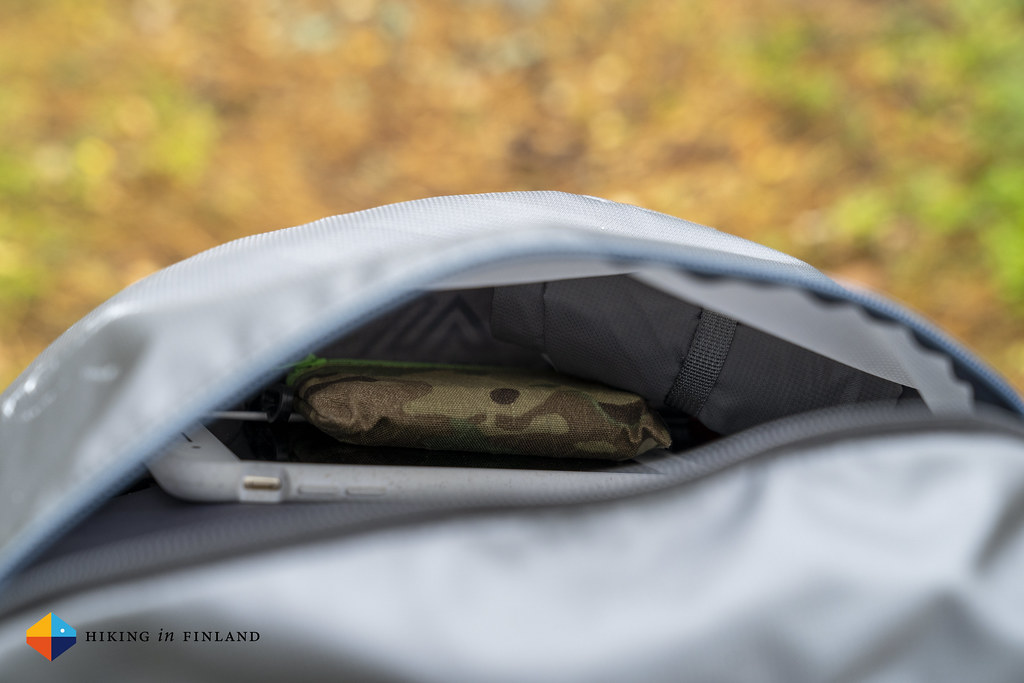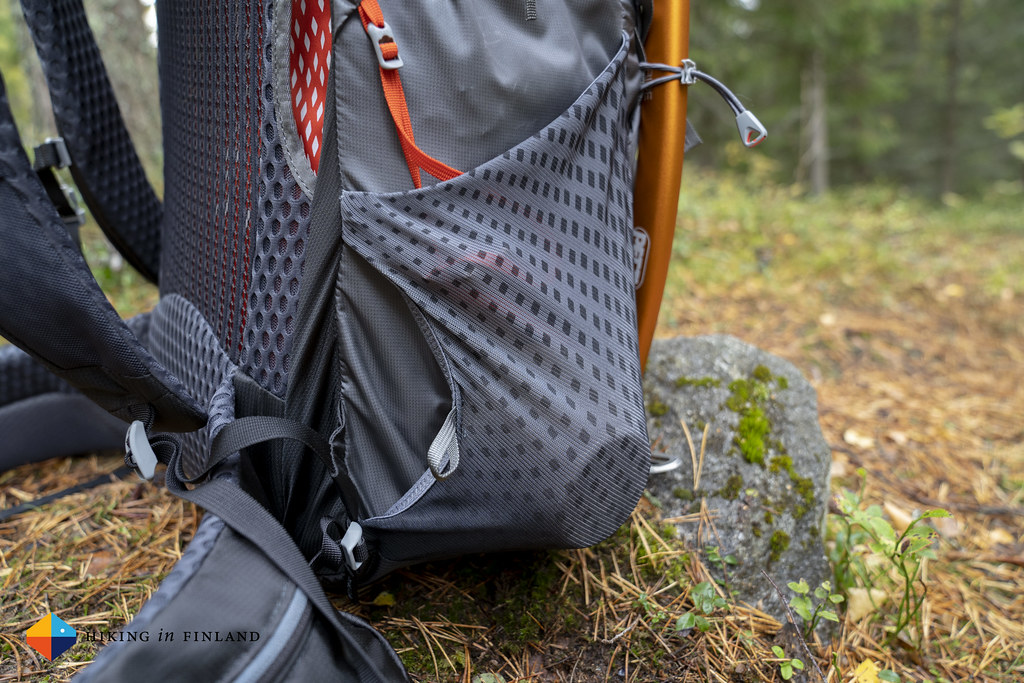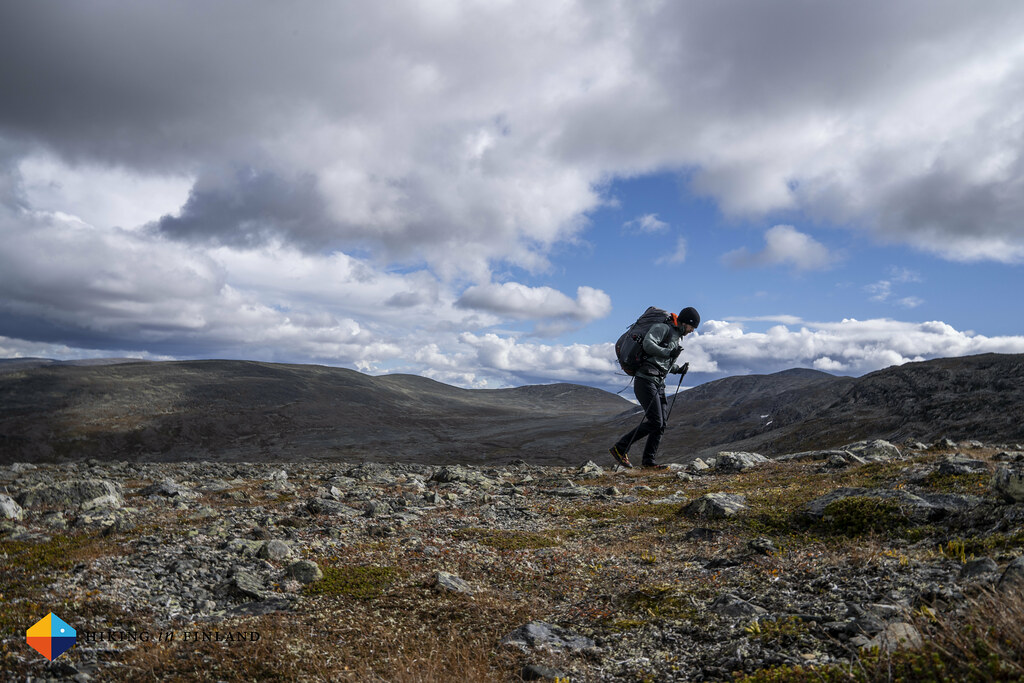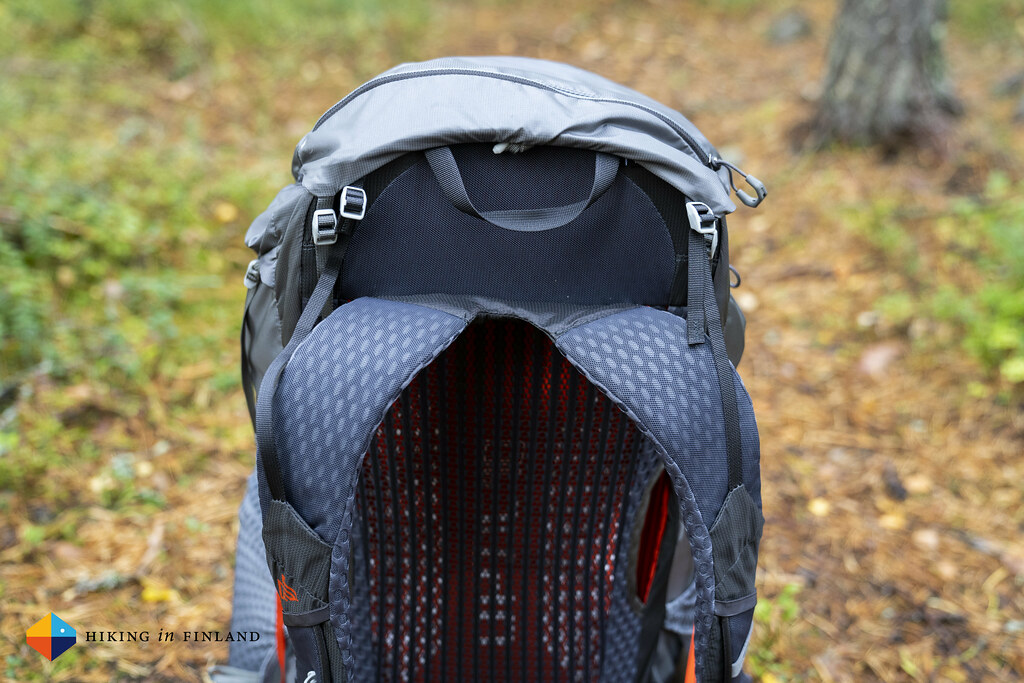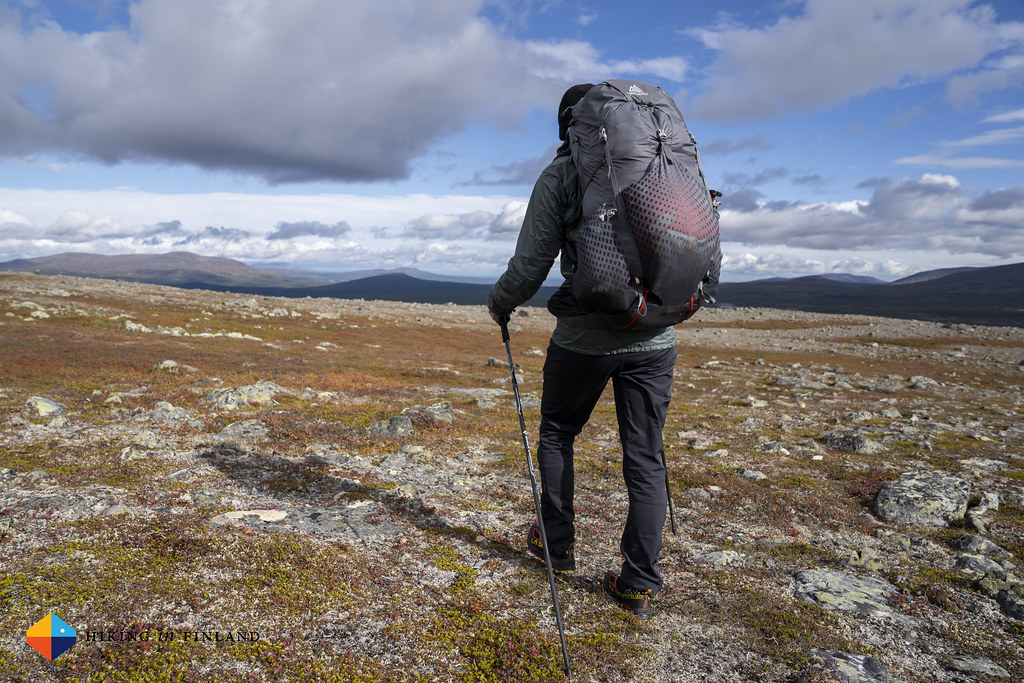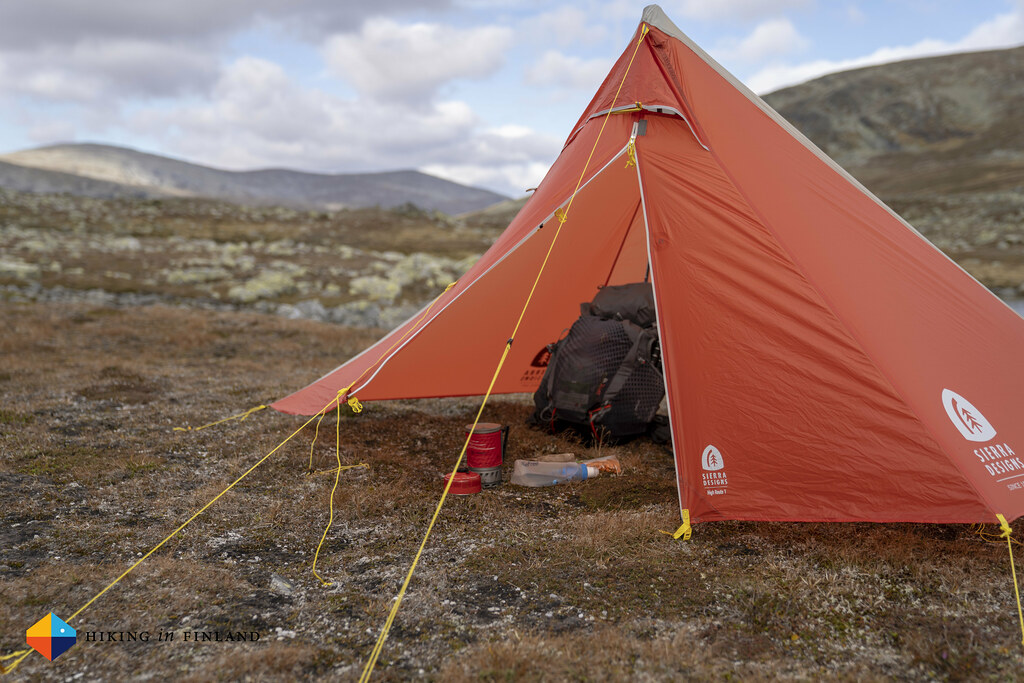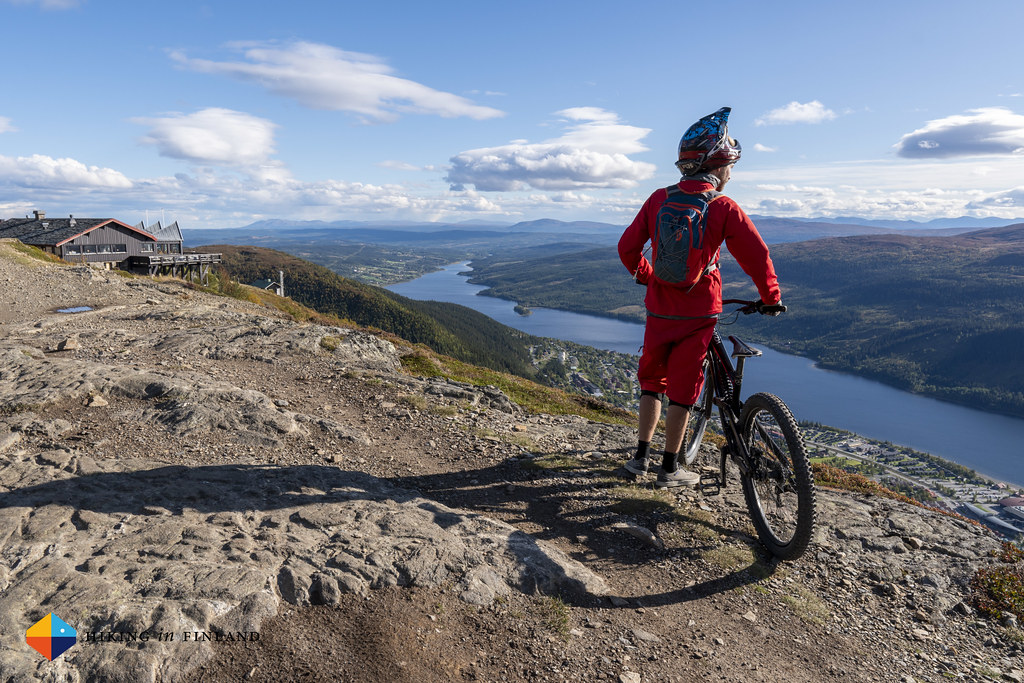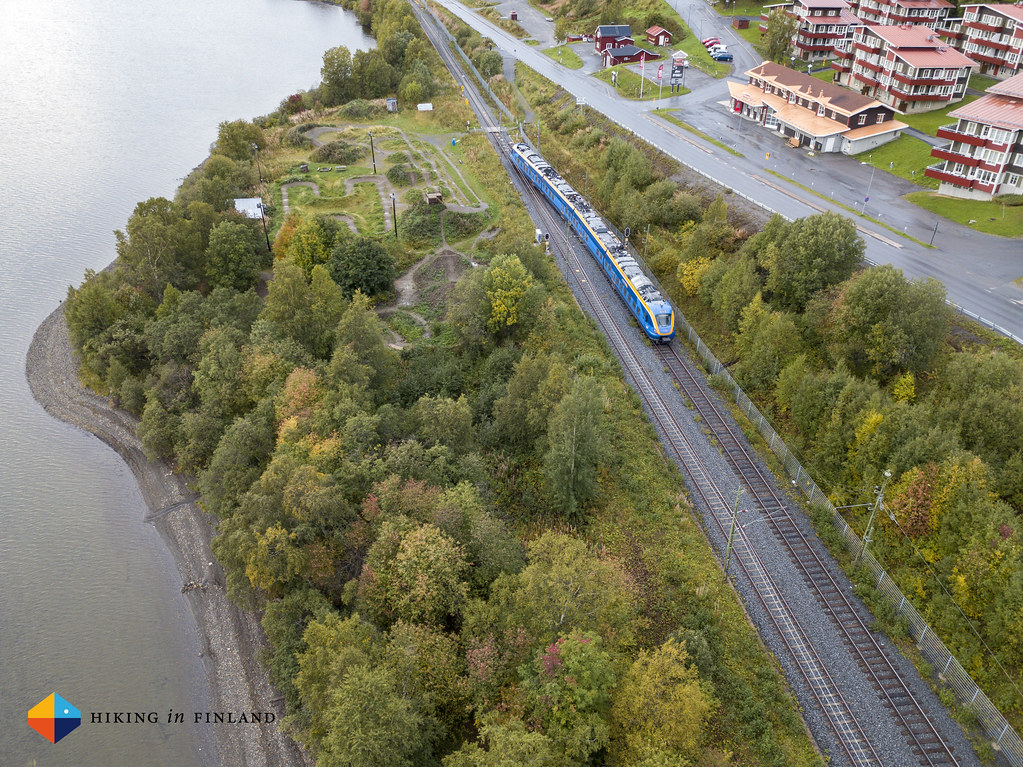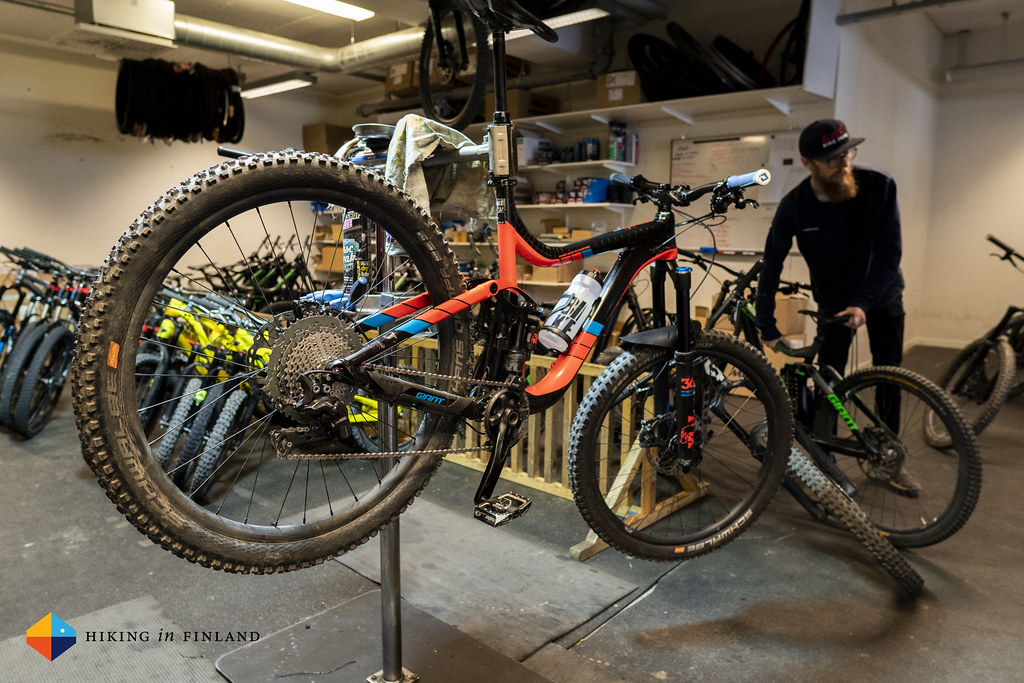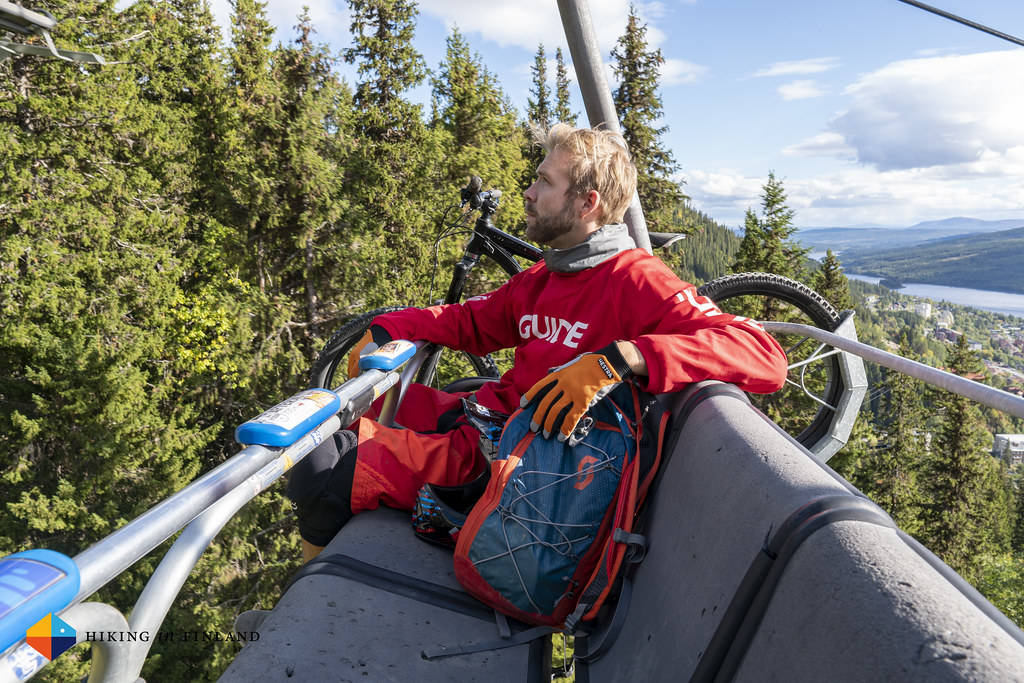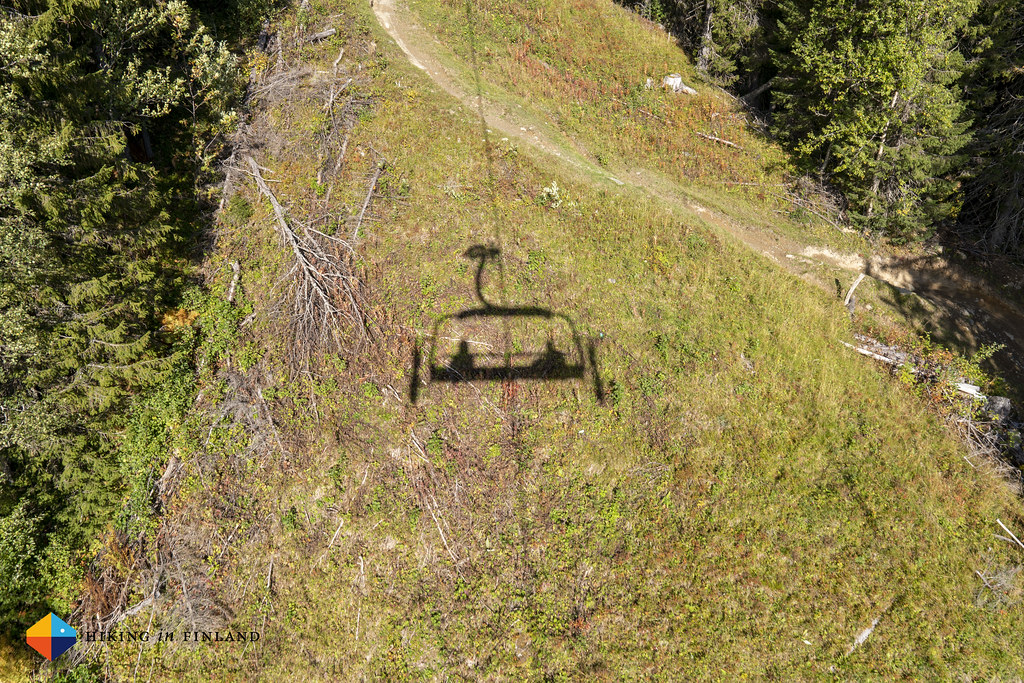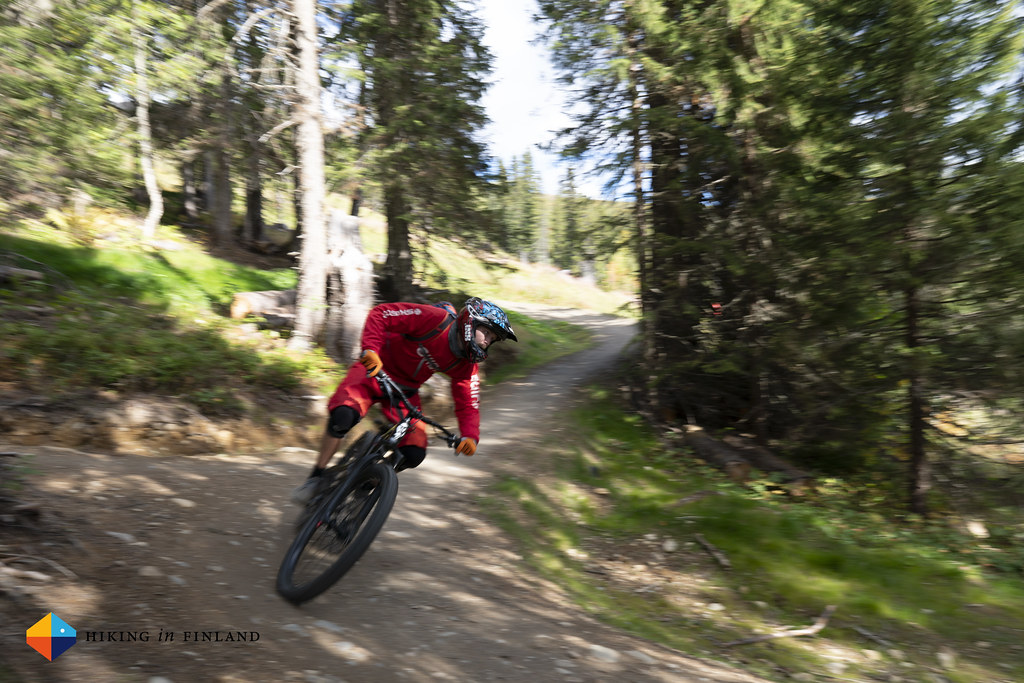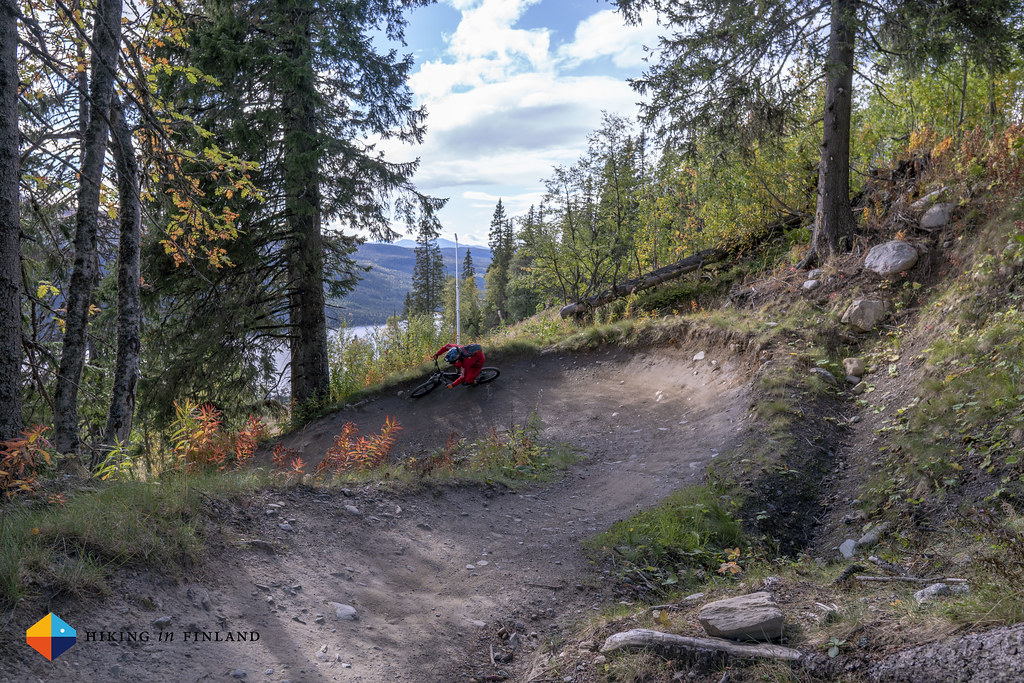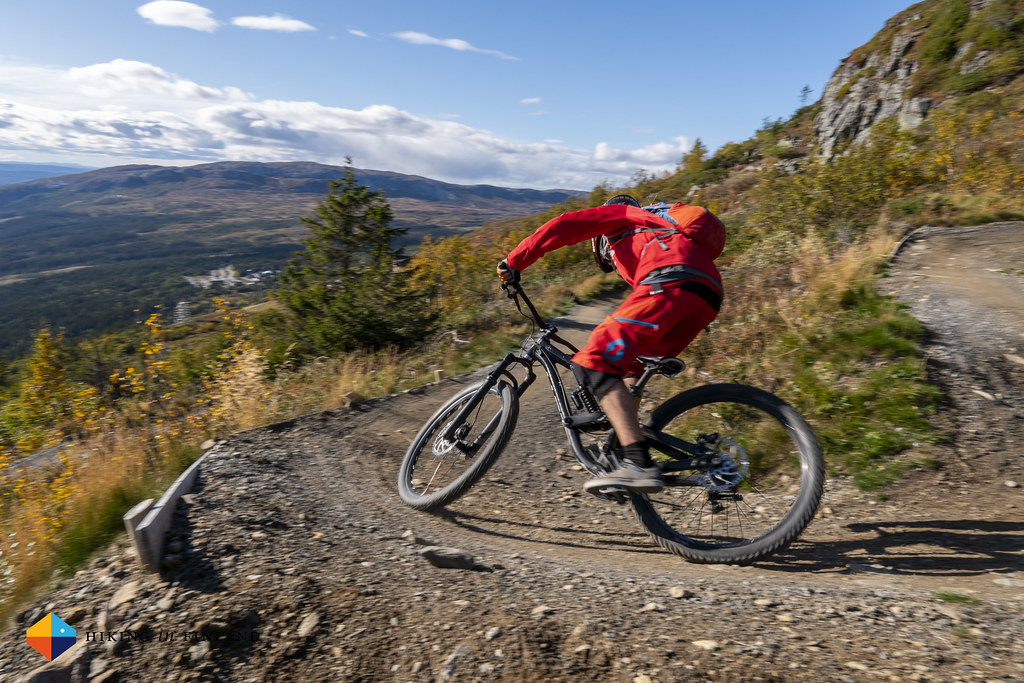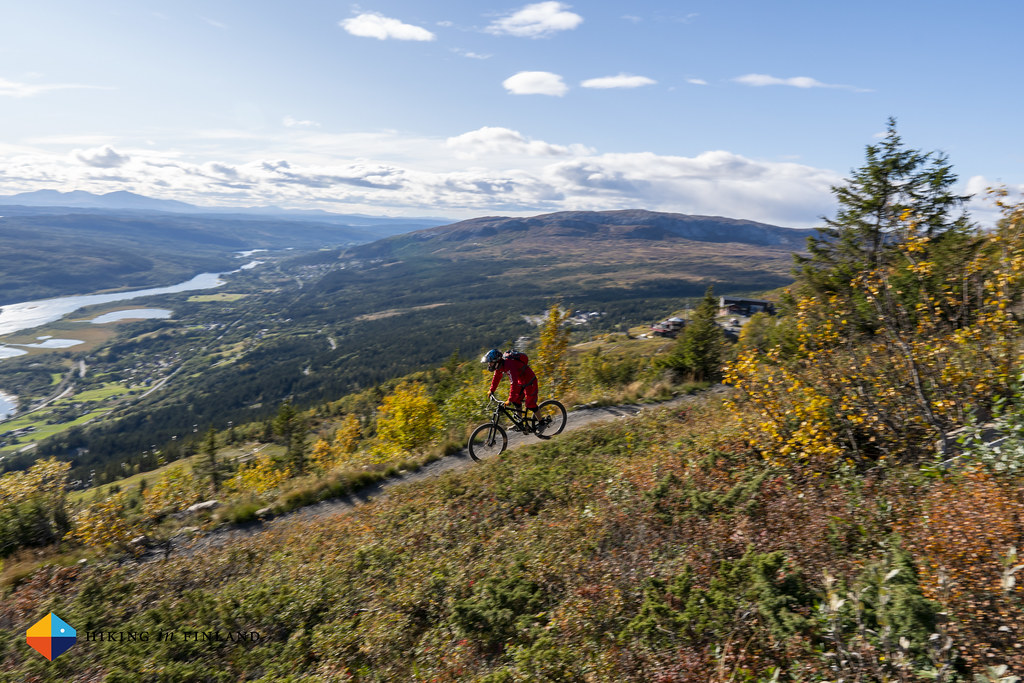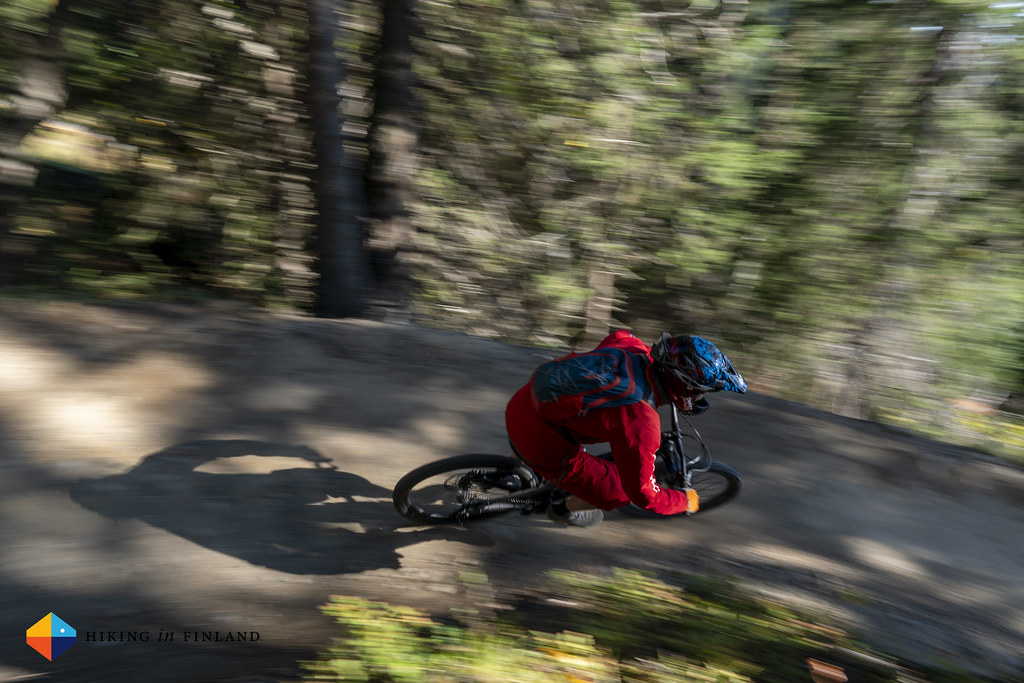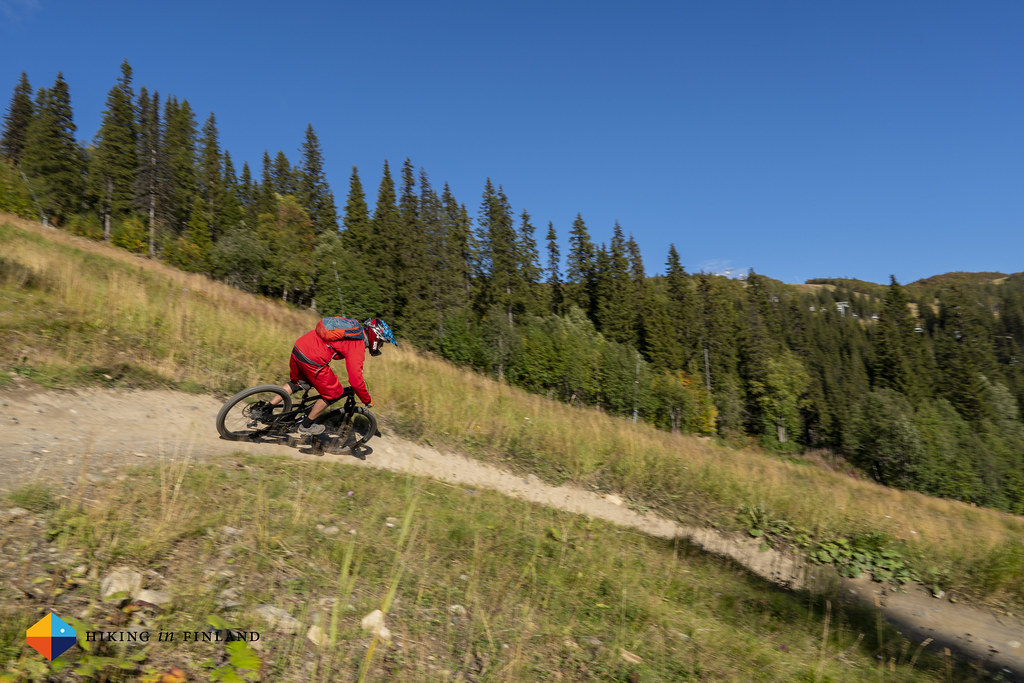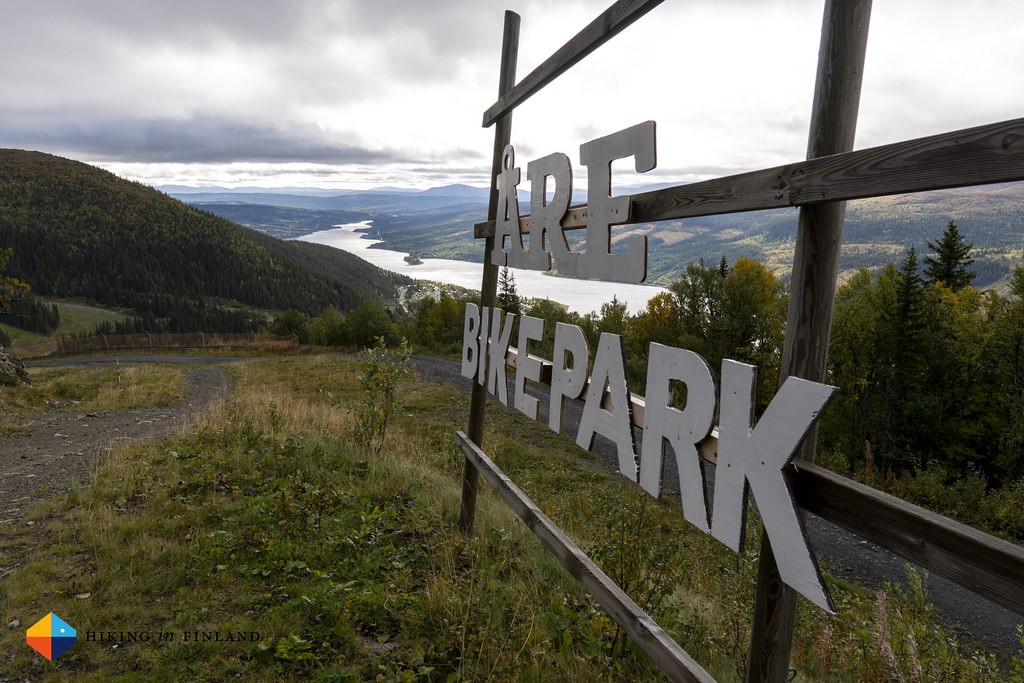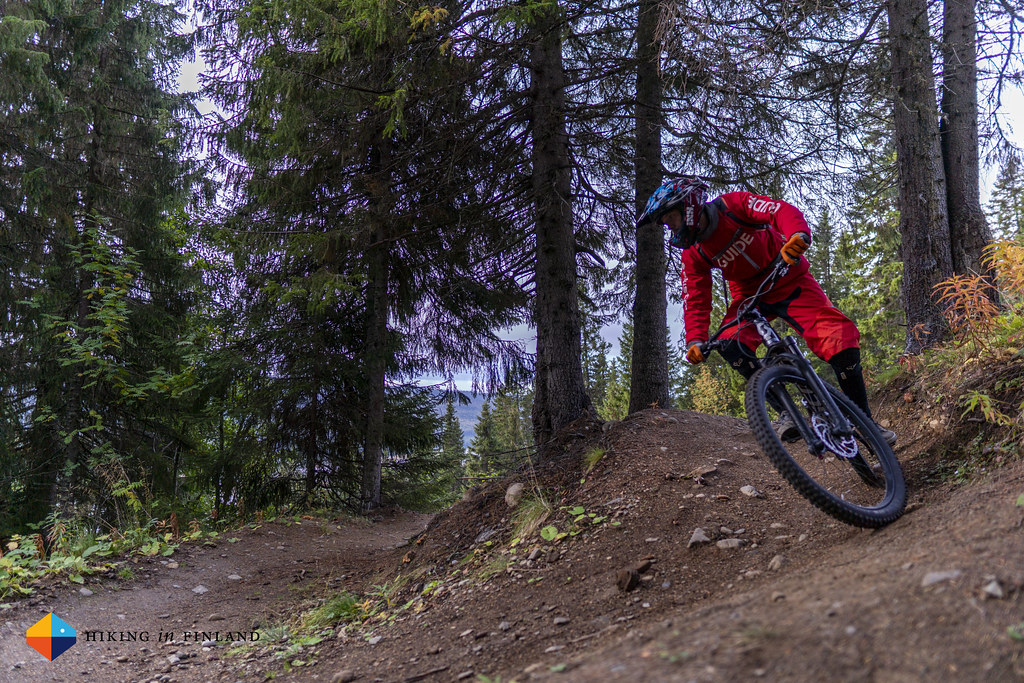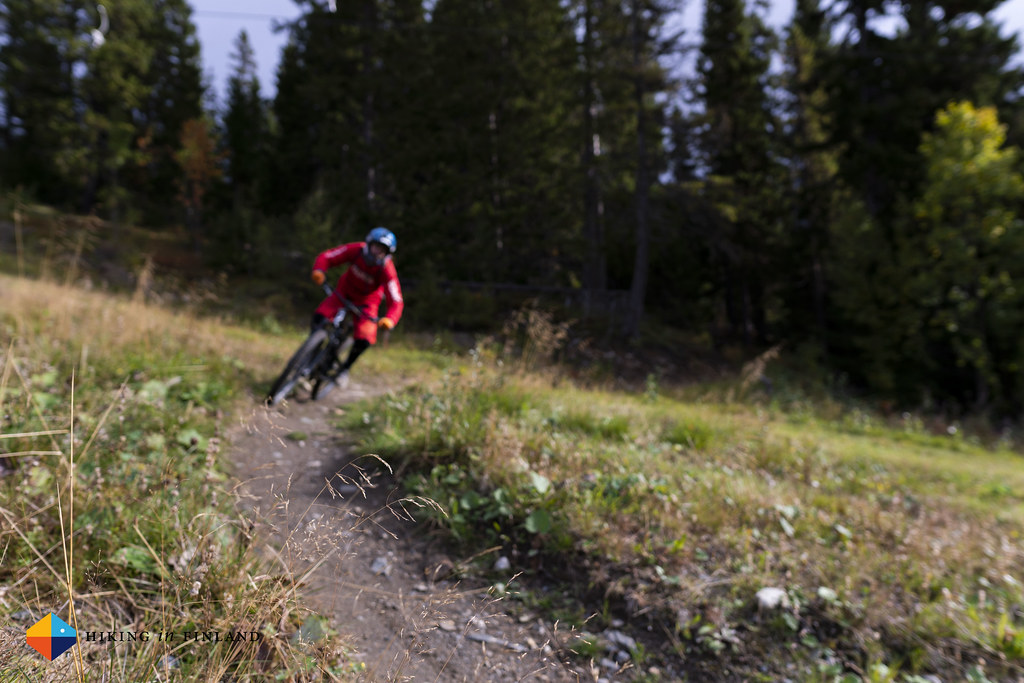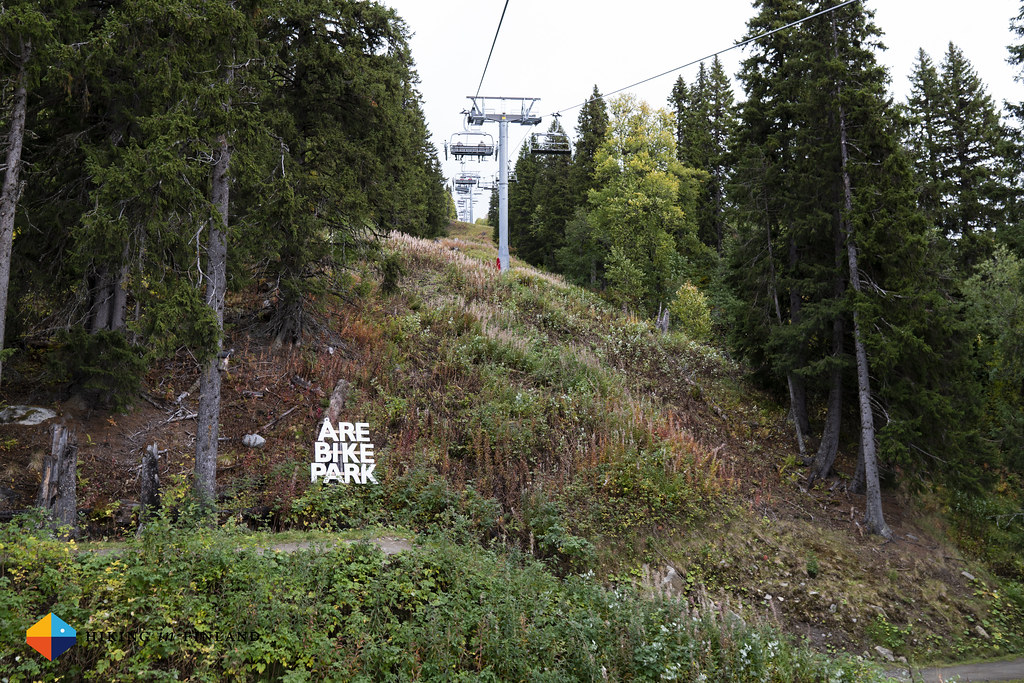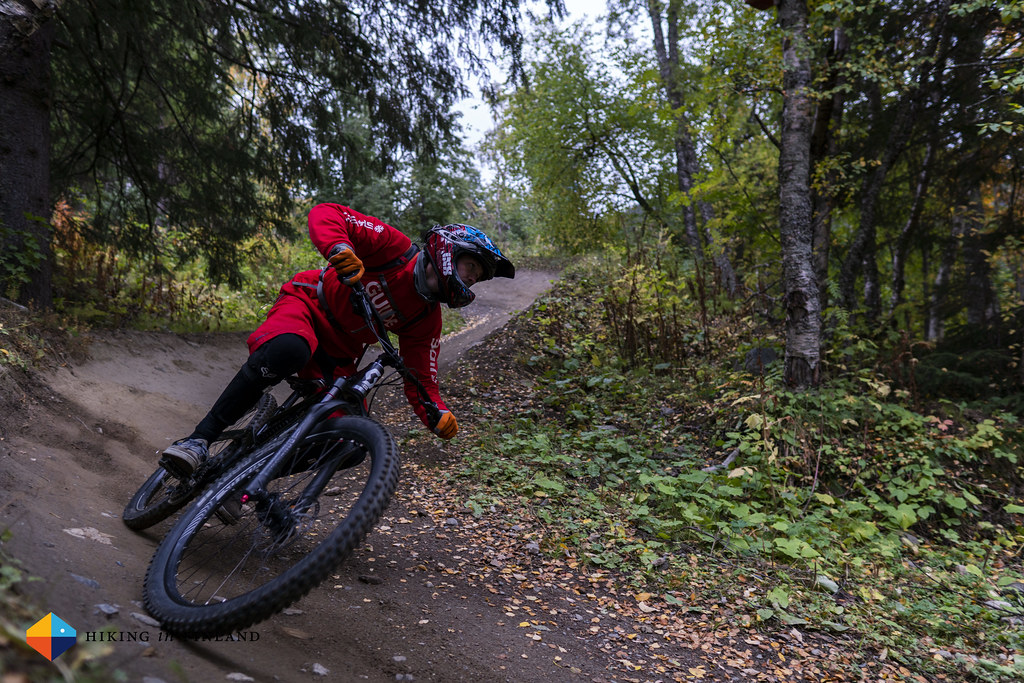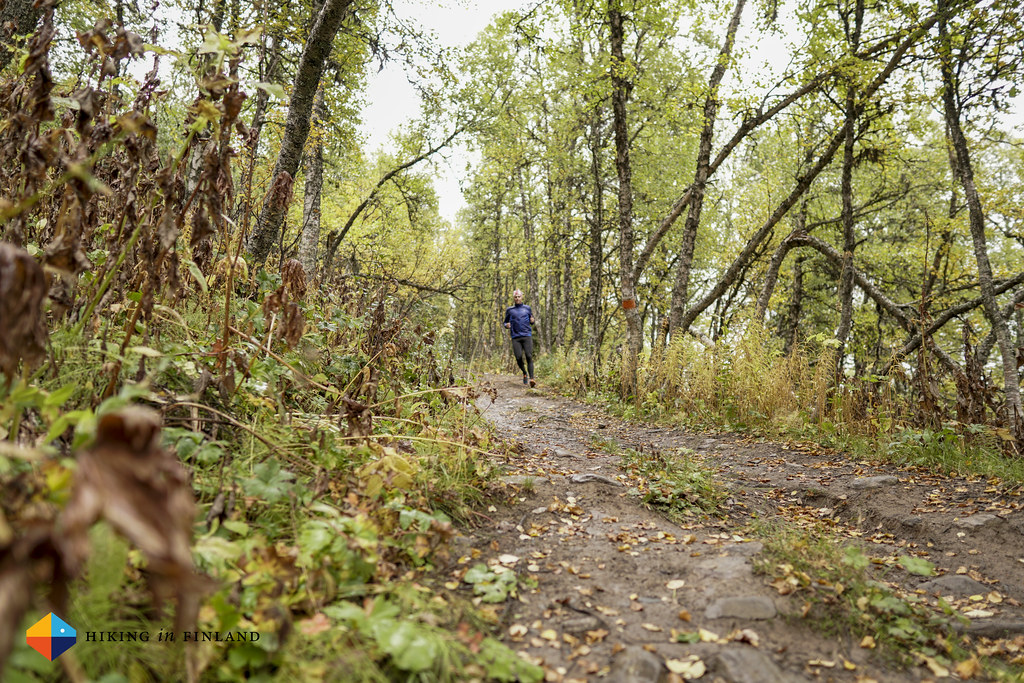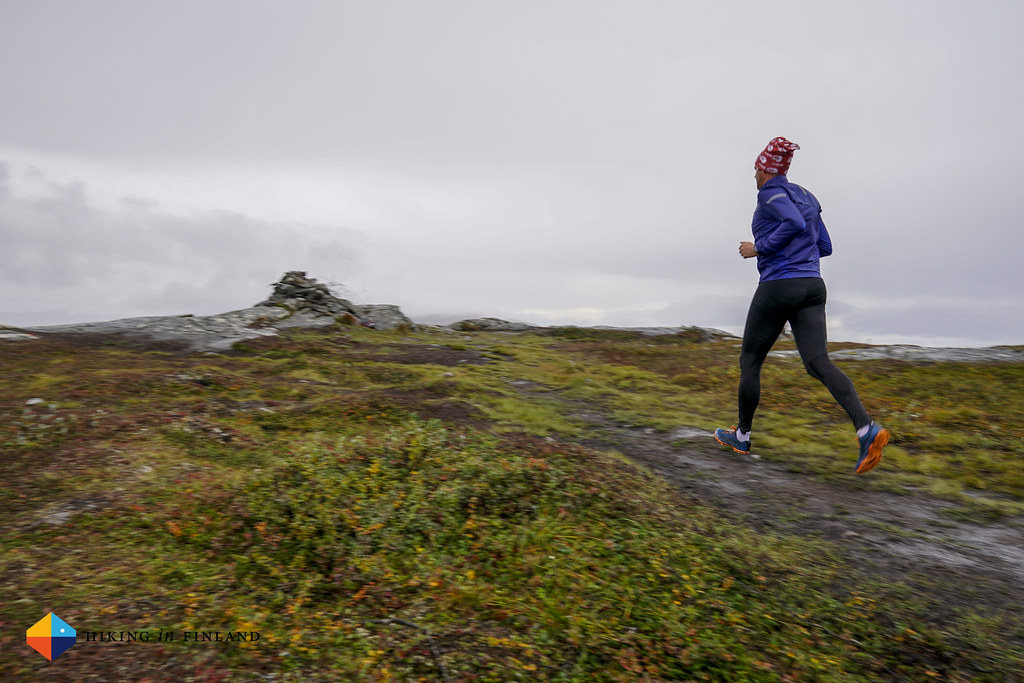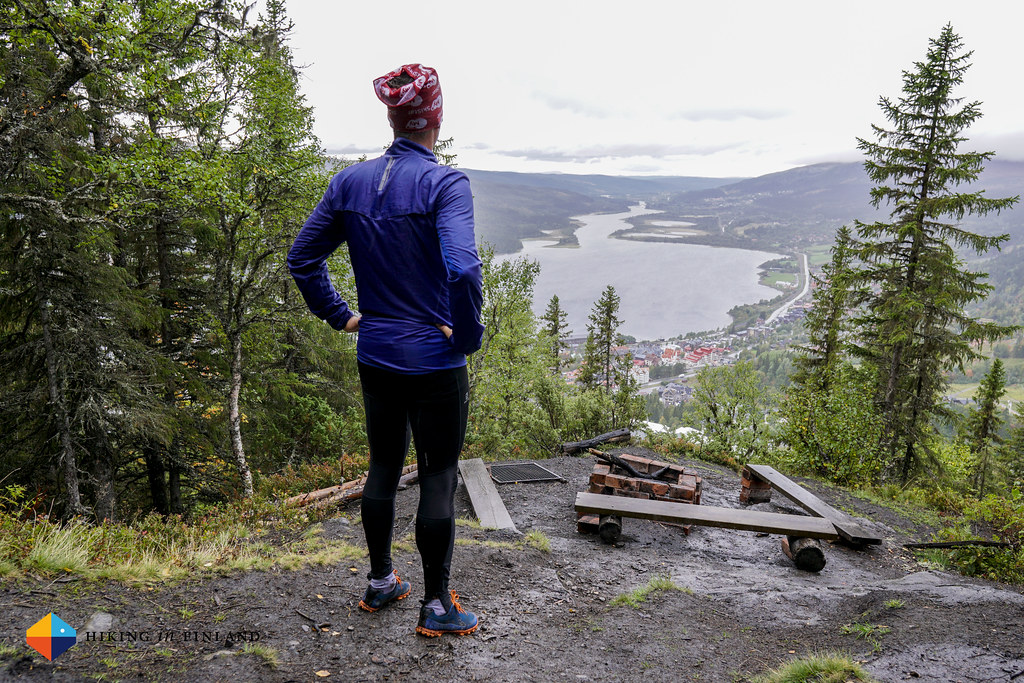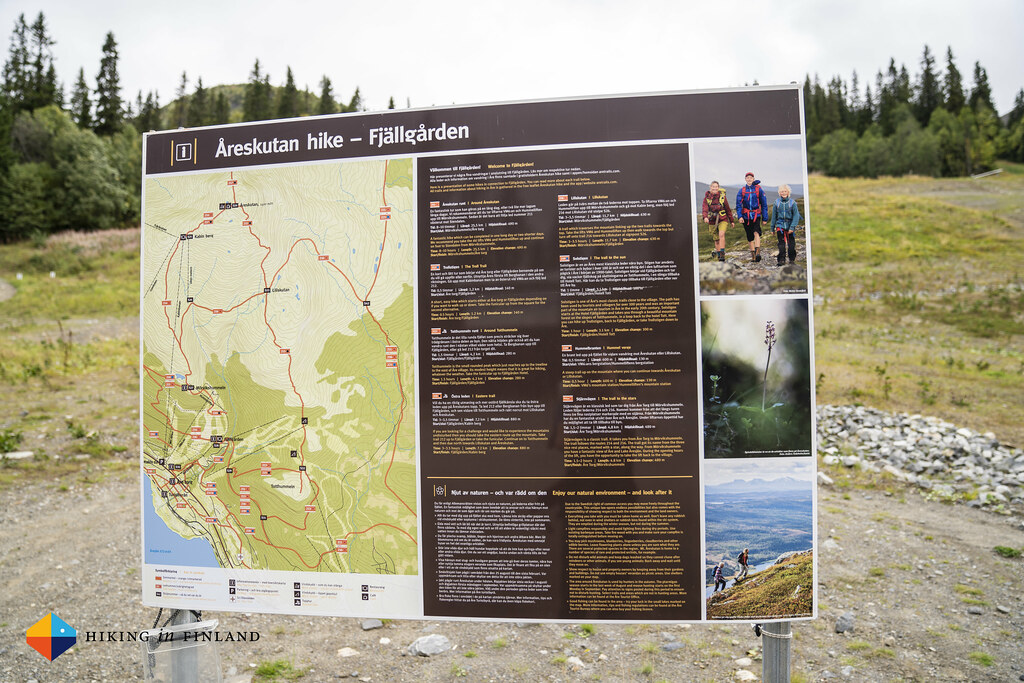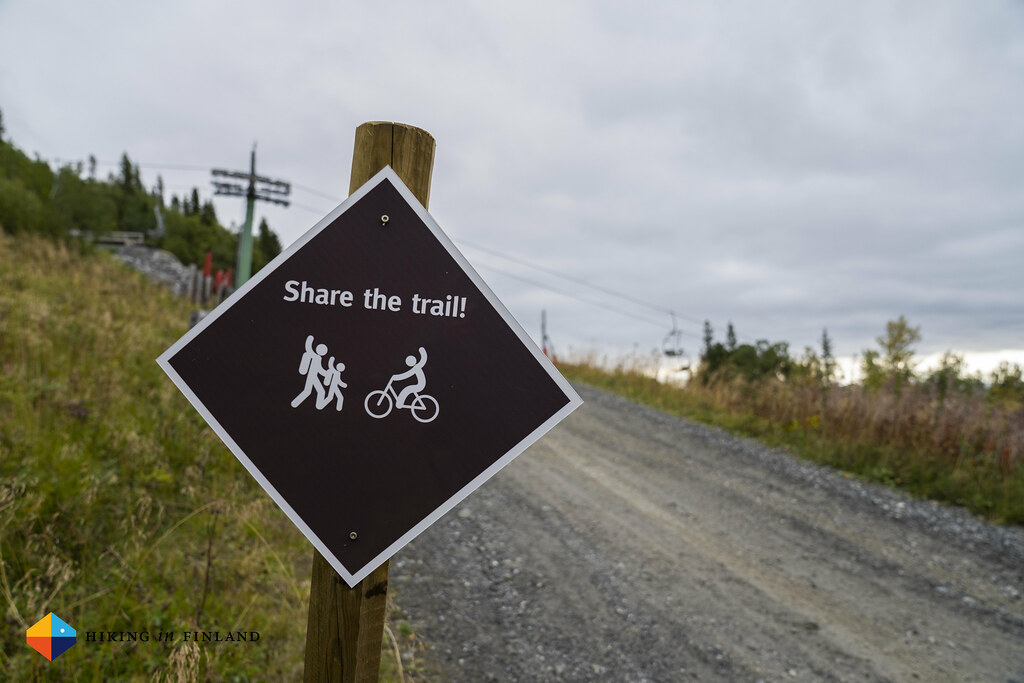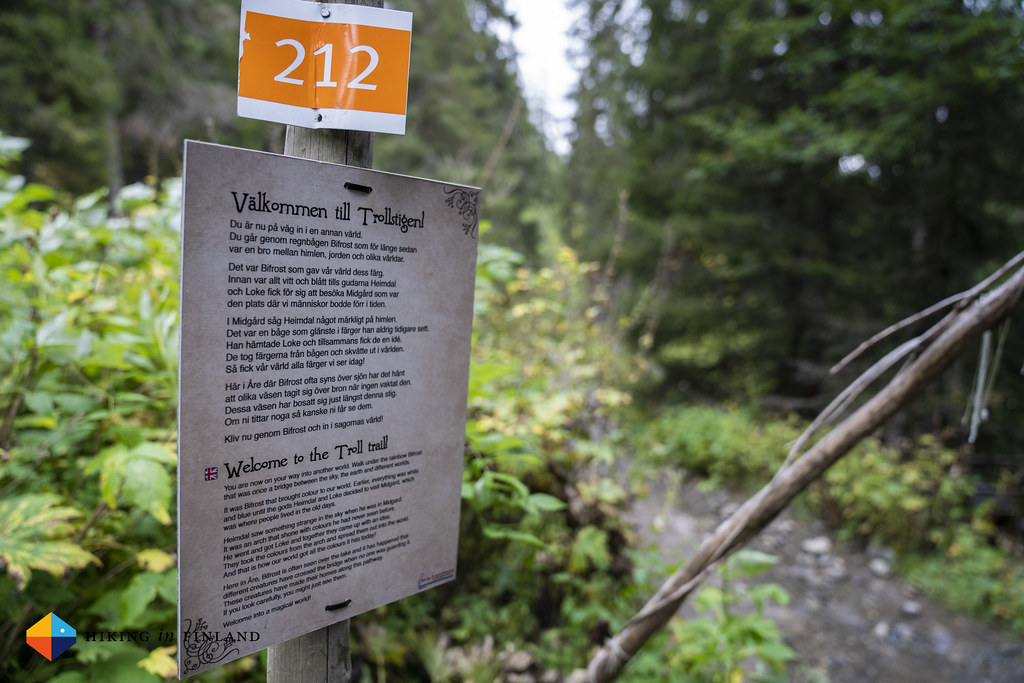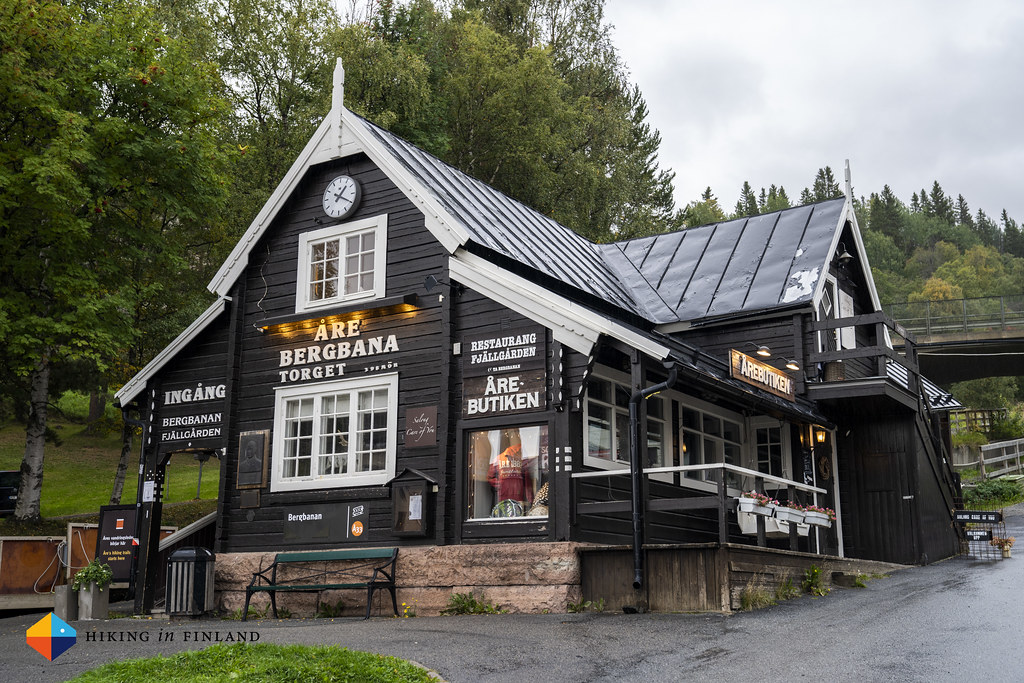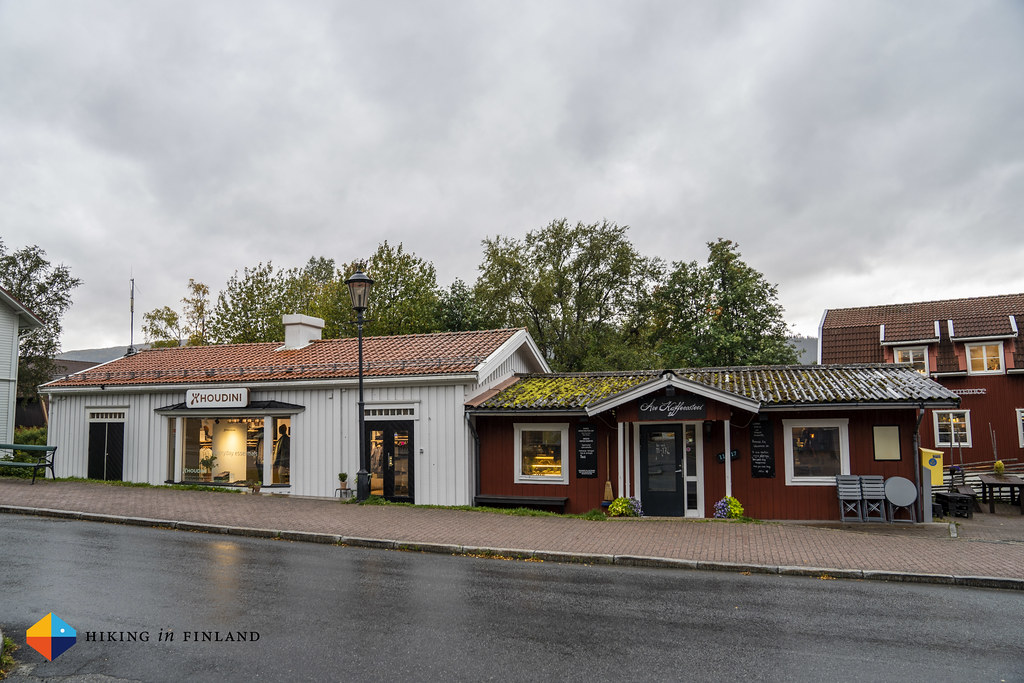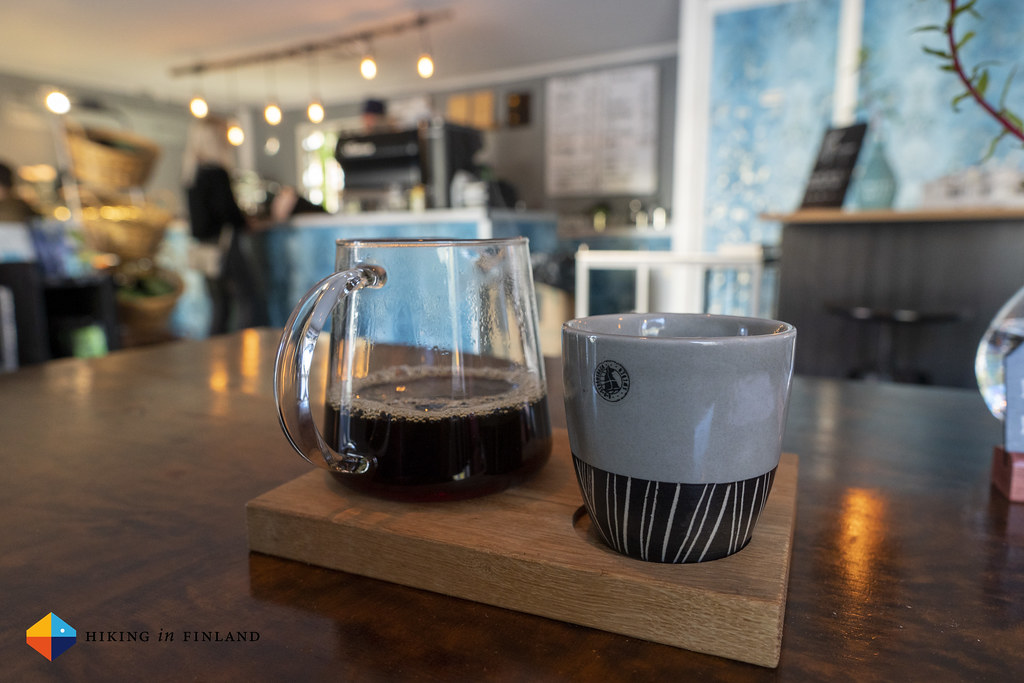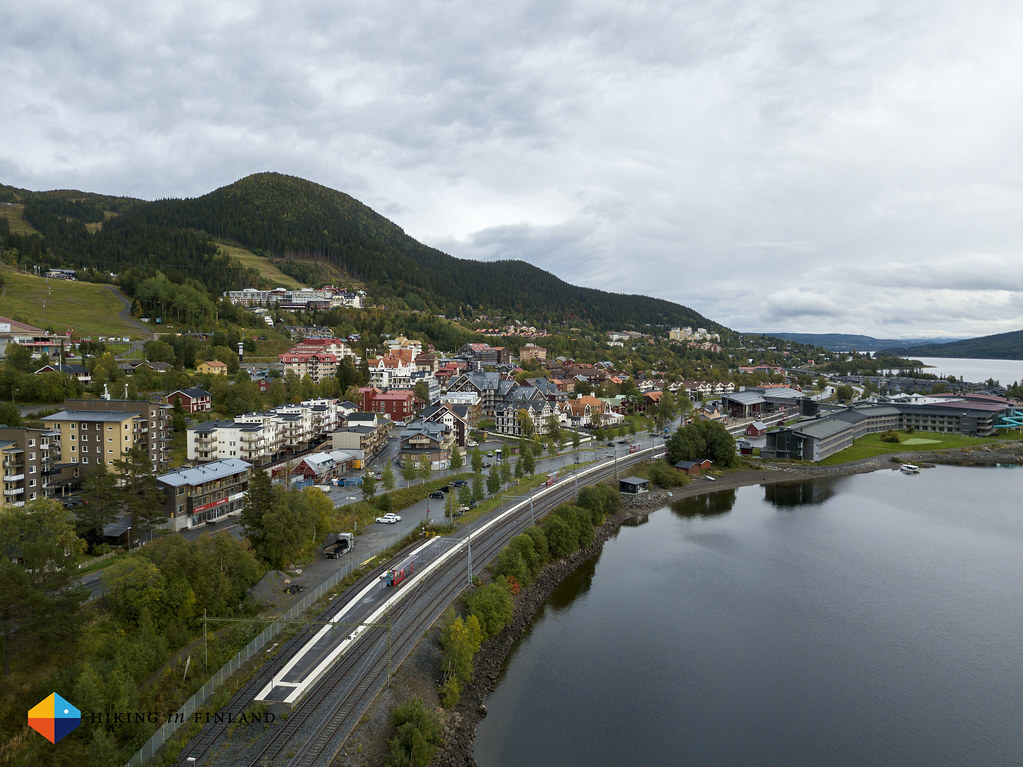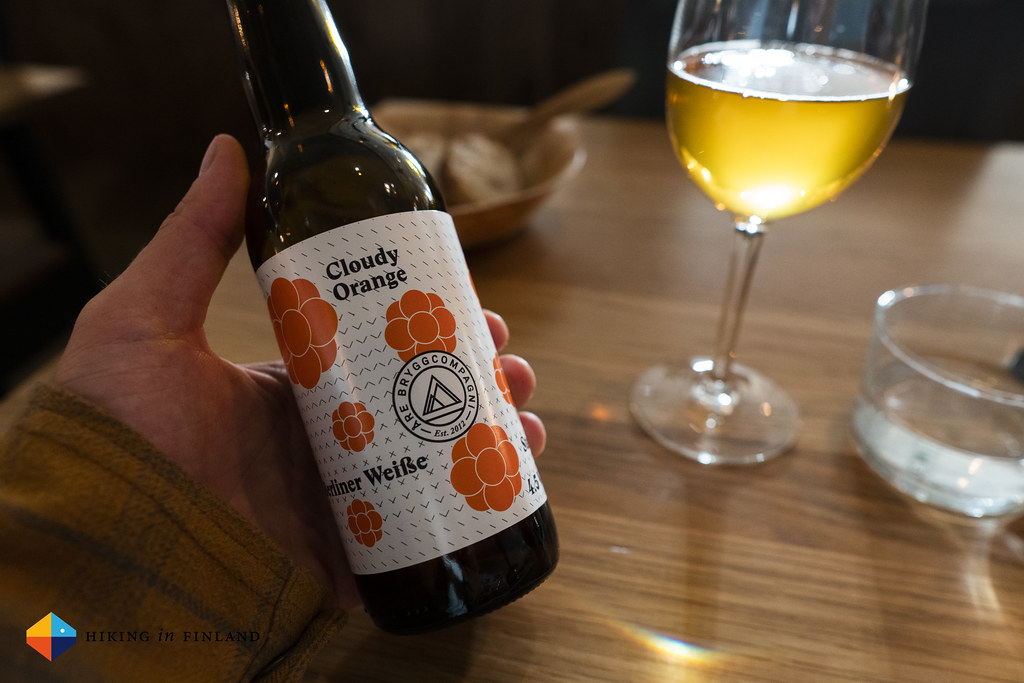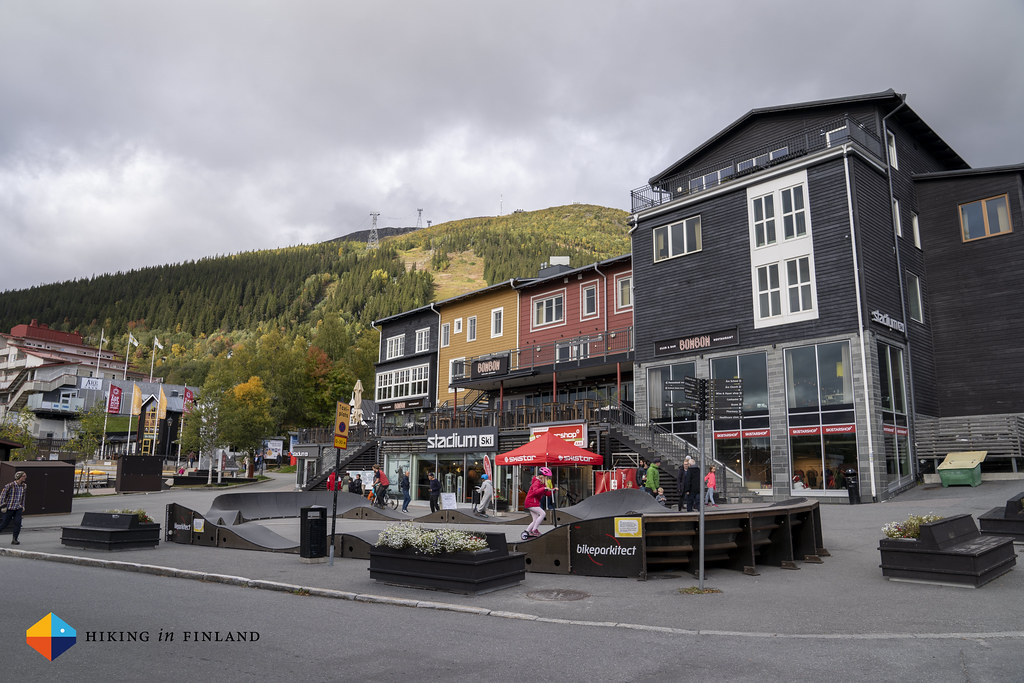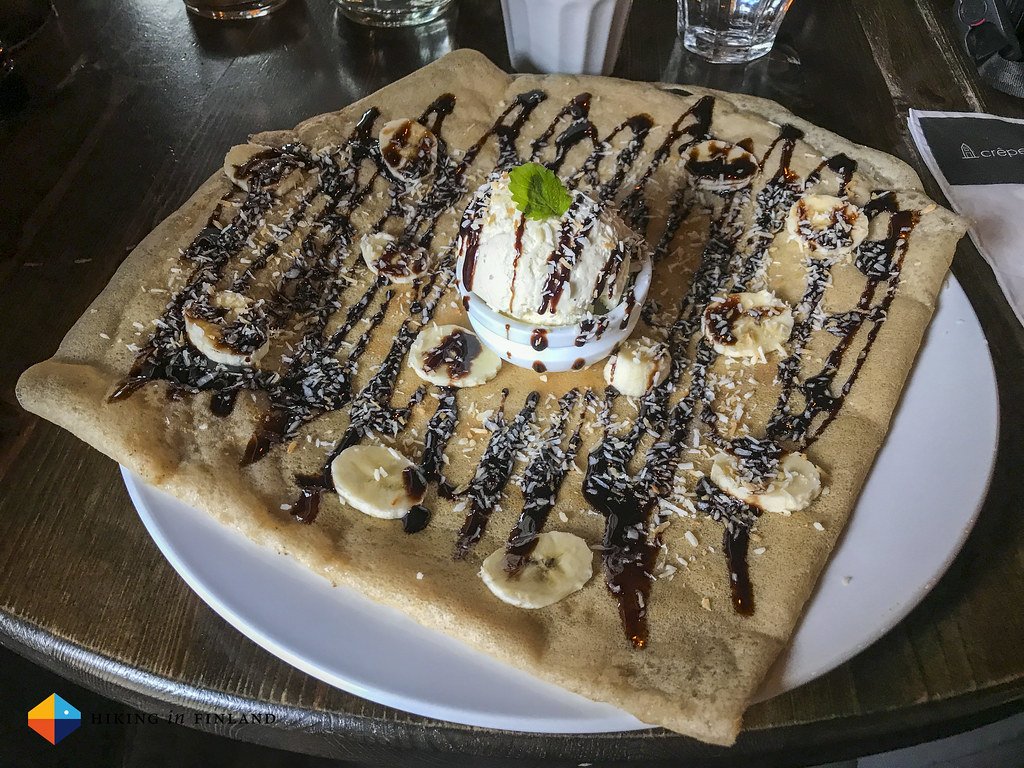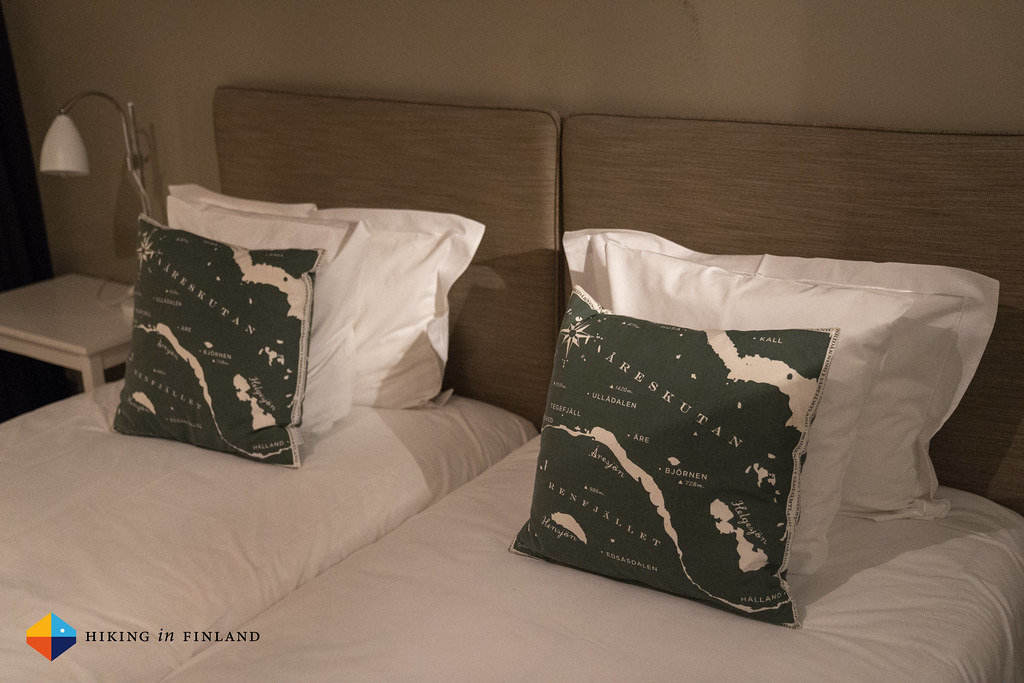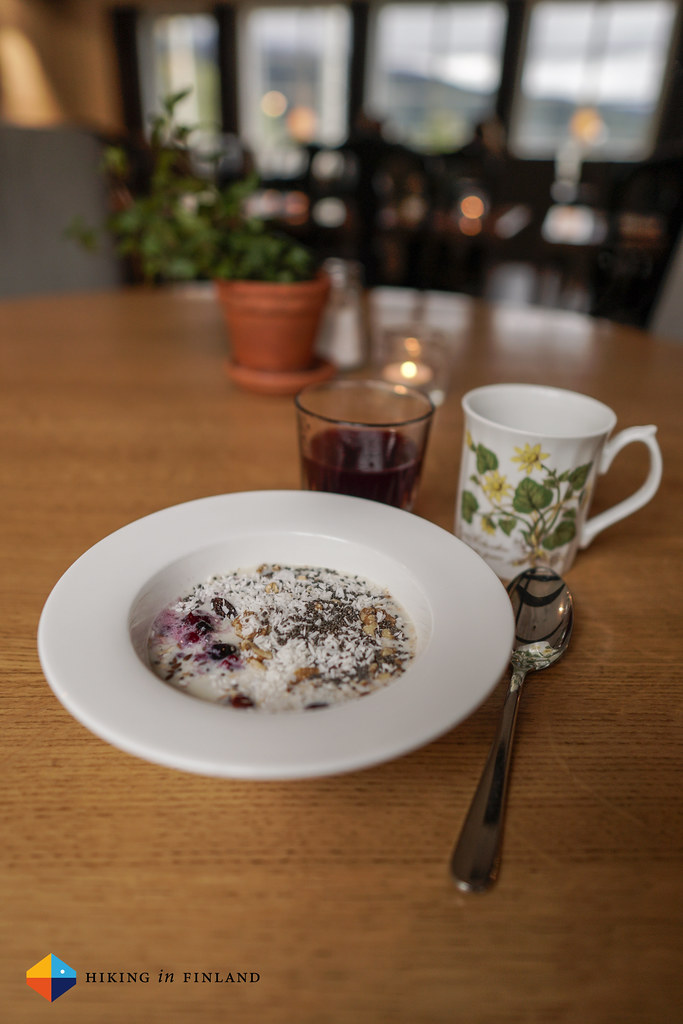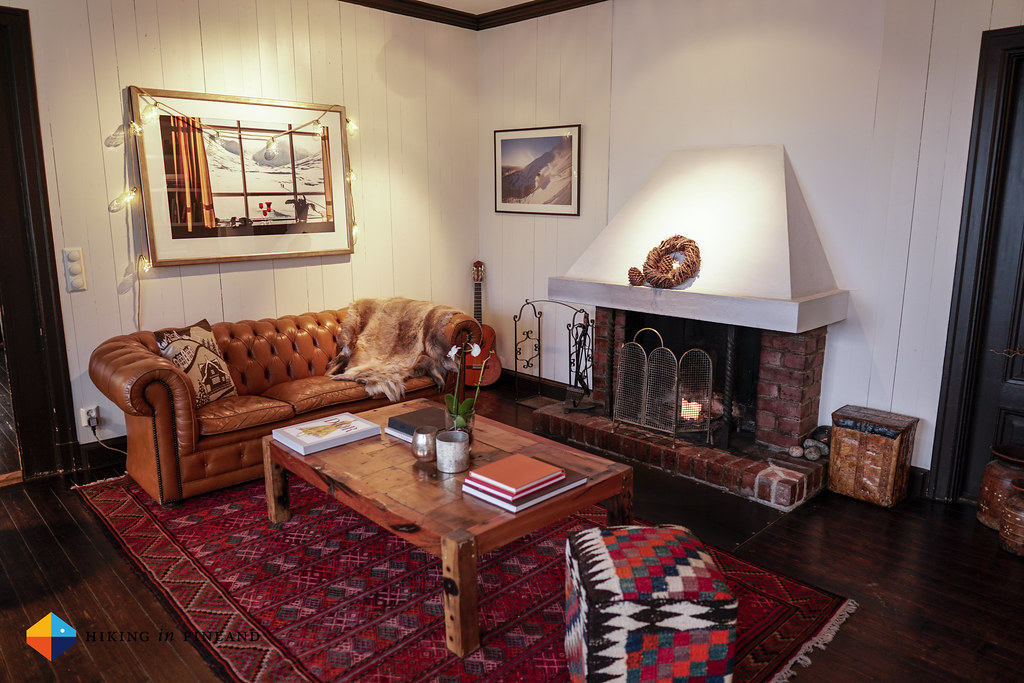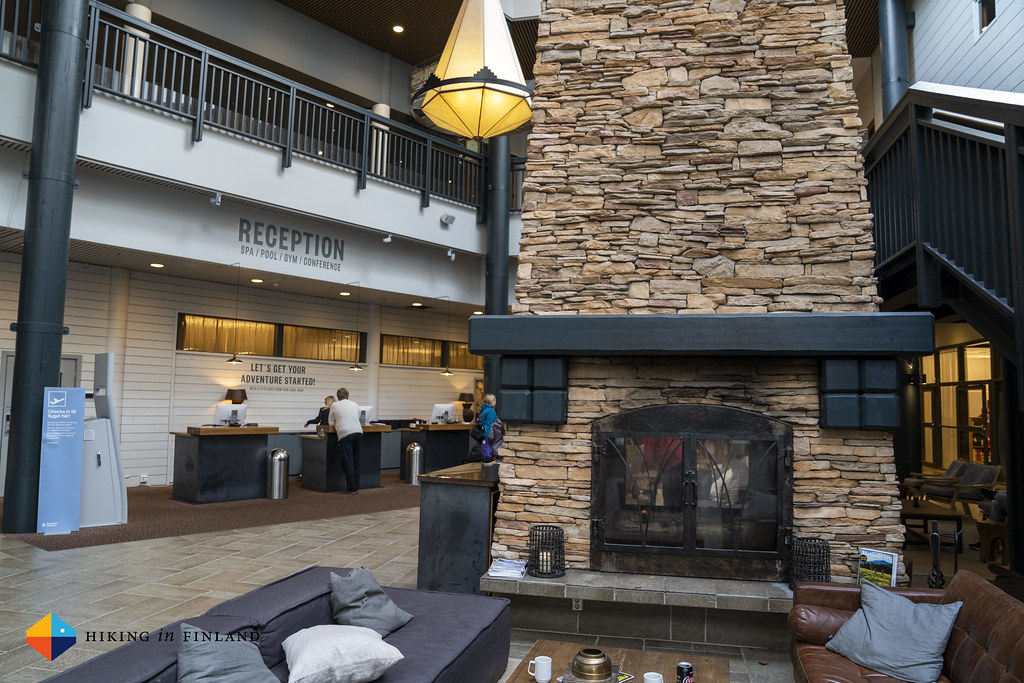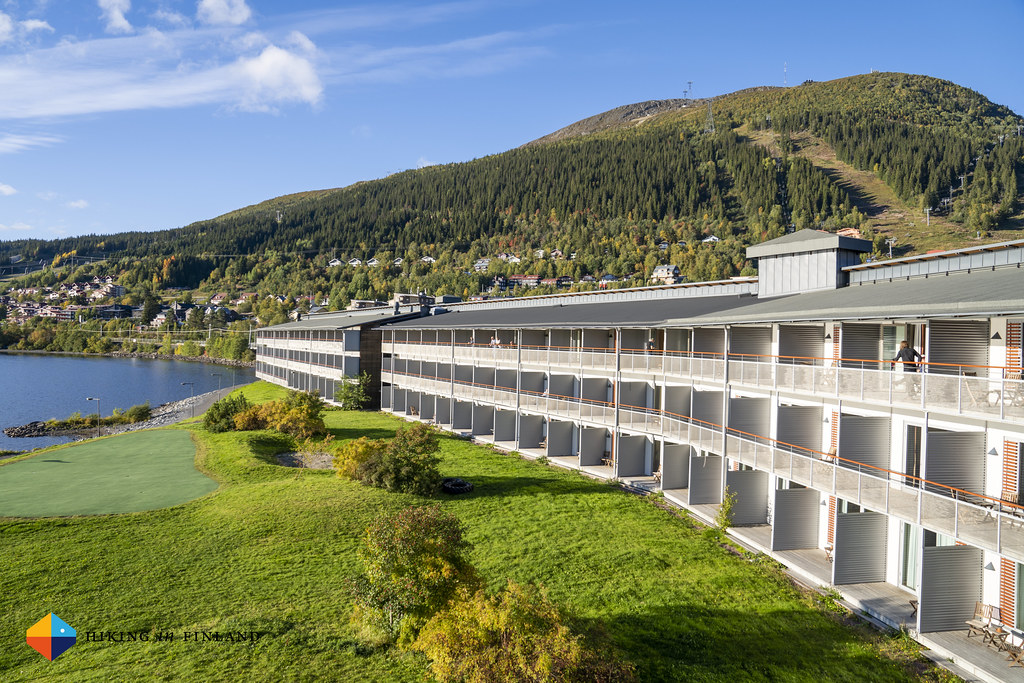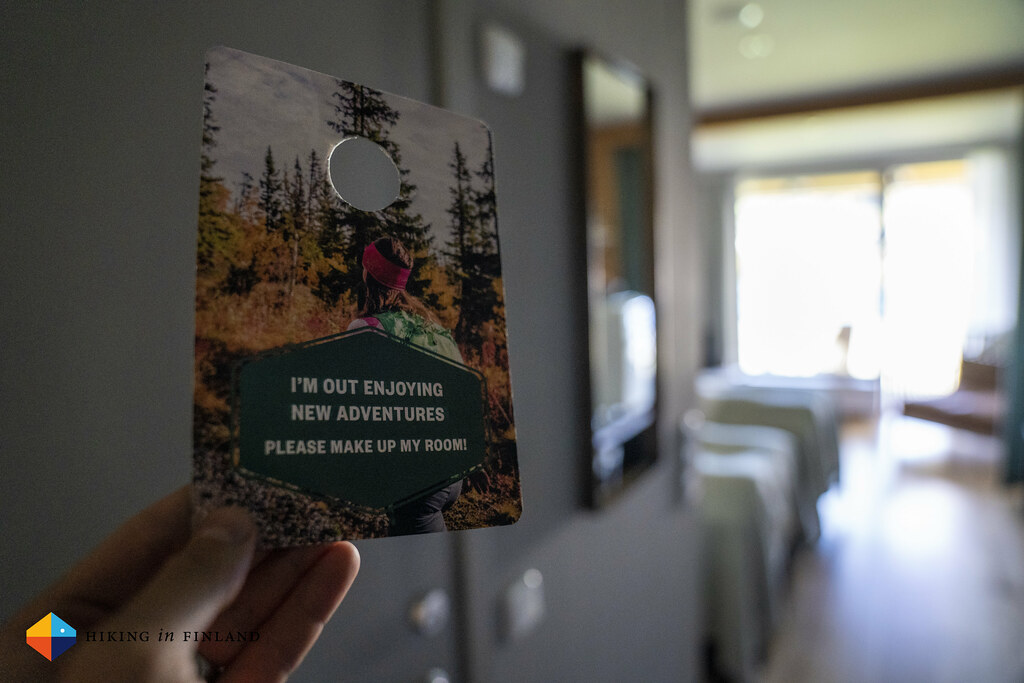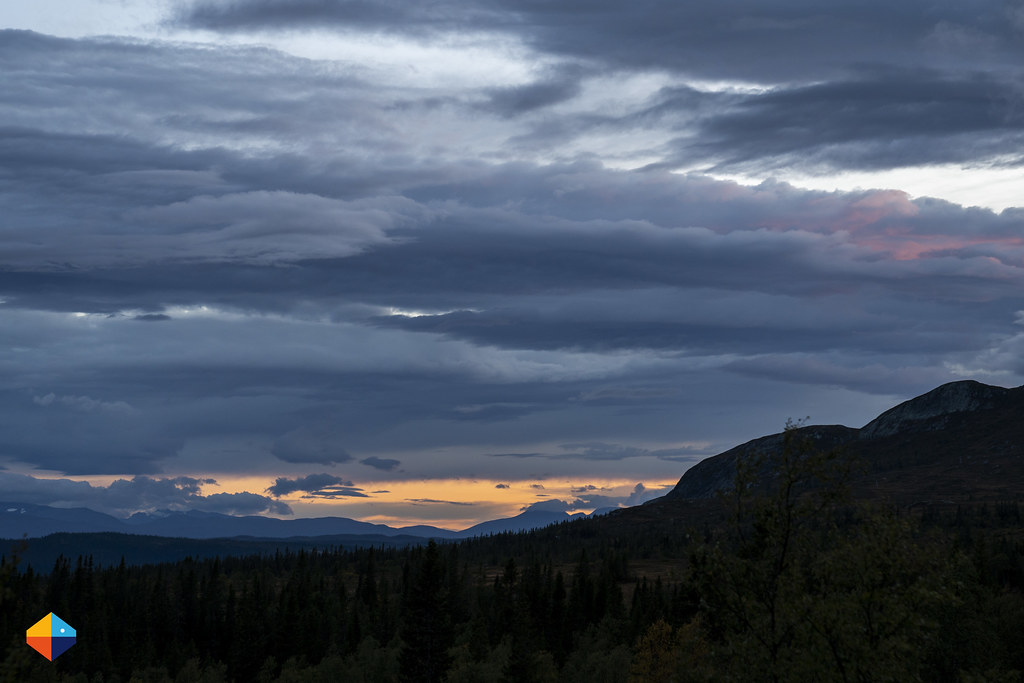My story isn’t unique. I’m one of many millions of Americans that bought into an unproven theory that depression and anxiety are caused by unbalanced brain chemistry. After taking psych meds for sixteen years, I can honestly say I’ve given traditional psychiatry and allopathic medicine a fair opportunity to bring balance to my brain.
It all started in the fall of 2002. I suffered from postpartum depression after the birth of our daughter and sought assistance from a psychiatrist who diagnosed me with generalized anxiety disorder and postpartum depression. He prescribed Effexor, an antidepressant that was intended to treat both the anxiety and depression.
As I think back to my life at that time, I had many reasons to be excessively worried and overwhelmed.
I was caring for a newborn with a heart defect that might have required surgery, my husband was on permanent disability due to a traumatic brain injury he sustained from a motor cycle accident several months prior, and our two-year-old son was exhibiting signs of full spectrum autism (with which he would soon be diagnosed). My hormones were raging as is to be expected postpartum, plus I was 14 months sober. It’s an understatement to say that my nervous system was on fire. As I reflect back on that time in my life, who wouldn’t be stressed under those same conditions?
My psychiatrist presented me with an antiquated tale that I had a brain chemistry imbalance to explain my anxiety disorder, which, he said, is why I drank alcohol to self-medicate prior to getting sober. At the time, it seemed to make sense. I bought it.
The antidepressant worked for a few years and then I started experiencing “breakthrough depression” — which is when a person is taking an antidepressant, but they have a major depressive episode despite taking medicine. So up the dose we went, switching meds when I maxed out on the doses of one antidepressant or he would add an additional brand of antidepressant. At one point he switched me from Effexor to Zoloft because the Effexor created mania-like symptoms.
By 2013, I was on 200mg of Zoloft and 300mg of Wellbutrin. There was never a discussion about the risks involved with using antidepressants as a long-term treatment strategy to deal with anxiety and depression. When I asked my doctor about tapering off meds, he said, “The dose that got you well, will keep you well.” I don’t know why I believed him. However, the longer I took these drugs, the more episodes of depression I experienced and they lasted longer.
After being on two powerful antidepressants for several years, I experienced a hypomanic episode. Thoughts raced through my mind, and I talked so fast I wouldn’t let anyone get a word in. My creativity was explosive with amazing ideas that fueled intense, goal-directed behavior, and my need for sleep was cut in half (about four hours per night to feel refreshed and rested), to the point that I didn’t sleep a few days one week. At that point, my doctor diagnosed me as bipolar II and had me stop taking the Wellbutrin cold turkey.
I questioned the bipolar II diagnosis. I told my doctor that I thought the Wellbutrin caused the hypomania — why else would he want me to stop taking that medicine if it wasn’t part of the problem? I was told that only people with bipolar respond to the use of antidepressants with either hypomania or mania.
The bipolar II diagnosis didn’t make sense to me. There is NO HISTORY of bipolar in my family. Depression? Yes. Anxiety? Yes. Alcoholism? Hell, yes! Bipolar? NO!
But then my psychiatrist gave me some hope. He said, “Michele, once we start you on a mood stabilizer, you won’t get depressed and the hypomania will even out.” He assured me that I would get better and that I could live a happy, meaningful, productive, fulfilling life.
At that point, I had been suffering three major depressive episodes a year that would last one to two months at a time with very few days of relief in between. Not only was the depression disturbing and debilitating for me, but I was drowning in a sea of shame.
How did I become someone who could barely function? I used to be a “make it happen” kind of girl. I worked full time during the day and got my bachelors degree taking classes at night. I climbed the corporate ladder while earning my degree in communications from San Jose State University. By the time I graduated from college, I was a high-performing sales executive ranked in the top 2% of an international business communications company, and over the next two decades, I founded two nonprofit corporations.
But now, after using powerful psych meds for depression and anxiety for more than a decade, I couldn’t do basic things like go to the grocery store, plan a meal, make dinner, or get together with friends. During the episodes of depression, I would stop attending my recovery meetings, and work was out of the question. I wanted to but I simply couldn’t care about anything including my appearance. I didn’t bathe for days on end, or brush my teeth, and exercise wasn’t an option. I had no energy and my zest for life was nonexistent. I lacked the capacity to find any joy in my life even though I had so much to be grateful for, which intensified my guilt and self-loathing.
I spent more and more time in bed as the depression progressed. I would sleep all day and wake up only in time to pick up the kids from school. I did my best to pretend I wasn’t depressed. I didn’t want depression to scar my kids like growing up in an alcoholic home scarred me. Sleeping was the only relief I found from the relentless guilt, self-loathing and overall dread of living a life void of happiness, connection, fulfillment, and passion. And then I would wake up to the horror that the depression didn’t disappear while I slept. Despair and hopelessness consumed me.
Lost in a world of isolation and loneliness, depression is pure hell. That’s why I was willing to try anything to make it go away. At this point, I still believed the story that depression, anxiety, and bipolar were “brain chemistry” issues that could be remedied by psych meds.
So with bipolar II as the diagnosis du jour, my psychiatrist prescribed a mood stabilizer (actually an anti-seizure medicine) called Lamictal. He said that this drug was the least likely to cause serious side effects in terms of cognitive impairment, weight gain or other medical issues. Unfortunately, it gave me a rash — a rash that could be fatal if I continued taking it. Then I was prescribed another anti-seizure medication used as a mood stabilizer called Trileptal. This time my liver enzymes tanked in three months. My family doctor insisted that I stop taking Trileptal immediately or I would risk damaging my liver.
After serious reactions to the first two mood stabilizers, I started to wonder if I should listen to the wisdom of body. I refused to try Risperdal because I heard bad things about its side effects. I also didn’t want to try lithium because of the possible risk of weight gain and cognitive impairment. Plus lithium can damage your kidneys and cause problems with your thyroid, and at high doses, a person can slip into a coma and die. Regular blood tests are also required to ensure that lithium is in a safe yet therapeutic range.
Finally, in the summer of 2013, my husband and I decided that I was going to taper off the 200mg of Zoloft and let my body take a break from psych meds. Against medical advice, my doctor agreed to help me taper off Zoloft, which I had been taking for the last nine years. He recommended lowering the dose 50mg per week. So in five weeks, I came off of Zoloft completely.
The withdrawal from Zoloft was horrible. I was beyond sick for five months. Dizzy, nauseous, with tingly feelings like pins and needles throughout my body, crippling anxiety, crying, emotional overwhelm, unable to think straight or focus; I was miserable.
Several months later, my mood started to even out. I felt the best I had in years. An even mood, happy, balanced, clear-headed and grateful to be alive. I enjoyed the simple pleasures of life again. I loved every precious moment with my kids and husband and started putting my life back together. And then we moved to the country about twenty-five minutes away from the place my husband and I called home for sixteen years. The move took place about six months after I was stable off of SSRIs (Zoloft) and the nightmare didn’t just resume, it escalated.
I experienced debilitating anxiety. Up until that point, I had never experienced sleep problems of any kind. But now I wanted to sleep, I was tired. I would lie in bed with my eyes shut and the motor of my mind wouldn’t turn off to relax into slumber. It wasn’t mania. I had no good ideas. I didn’t feel invincible. I didn’t want to stay up and work on a project. I wanted to sleep, but it felt like I was plugged into a light socket, with electricity surging through my body. I was humming on the inside. This awful sleep disturbance went on for about a month. Every day that passed without sleep made me more and more anxious. I started to unravel emotionally, wondering what was going to happen to me mentally if I didn’t get quality, restorative sleep.
I didn’t know it then, but the anxiety and insomnia I experienced after we moved was protracted withdrawal syndrome from antidepressants (which can occur months and even years after tapering off SSRIs). Finally, after a month with no sleep, I was a mess. The anxiety was escalating and I was terrified. Without an alternative, I called my psychiatrist and he recommended I start taking an antidepressant to treat the anxiety.
He started me with 50mg of Zoloft and soon I was back up to 200mg — the max dose. Then he added 2mg of Abilify, an antipsychotic that was prescribed to protect me from mania. For me, the problem with taking psych meds was that the depression and anxiety just keep getting worse and more severe over time.
In October 2015, I checked myself into a residential program for anxiety. I was 14 years sober and yet I could not function despite taking psychotropic medication for generalized anxiety disorder.
The hospital did genetic testing and said that I would metabolize Pristiq — an antidepressant used to treat both anxiety and depression — better than Zoloft, the medicine I had been taking for roughly nine years. Within three days, I was switched from 200mg of Zoloft to 50mg of Pristiq. The result was a disaster.
By December 2015, I was in a suicidal depression. Why was I depressed? I was happily married. We have wonderful, healthy, amazing kids. We have a beautiful home. We have money. I’m sober. I have lots of friends and yet I wanted to die.
I prayed every night that entire month for God to give me cancer so that I could die with dignity and grace and not scar my children and husband with the legacy of suicide.
The next month, January 2016, I finally agreed to try lithium for what my doctor said was “treatment resistant, bipolar depression.” My doctor told me that if he presented my case to the best psychopharmacologists in the country, they would all ask the same question: “Why haven’t you tried lithium with this patient?”
I knew lithium would make me fat. I knew lithium would affect my cognition and memory. But I wanted to live and I was desperate to make the depression STOP. I had so much to live for and I was determined to be happy, joyous, and free.
Lithium helped for about five months. Unfortunately, I gained 25 pounds in six months. I had a breakthrough depressive episode on 900mg of lithium and 100mg of Pristiq.
If this medication was supposed to be balancing out my brain chemicals, how come I was not staying stable? Then, my doctor prescribed Wellbutrin to pull me out of another suicidal depression.
Soon I was on 900mg of lithium, 100mg of pristiq, and 300mg of Wellbutrin. Wait. Didn’t he take me off Wellbutrin three years ago because of hypomania? At that point, I was too sick to give a shit. In fact, I think I was secretly hoping for a little hypomania — anything to make the depression go away.
Then the Wellbutrin started causing awful anxiety. So my psychiatrist switched the Wellbutrin to instant release at 100mg. Modified cocktail: 900mg lithium, 100mg Wellbutrin, 100mg Pristiq.
That cocktail worked for four or five months until another suicidal depression in June 2017. I was in Maui staying at an incredible resort with my husband and children. Maui is one of my favorite places in the world and I was researching bipolar treatment facilities instead of hanging out with my family on the beach.
So what’s next? He prescribed 50mg MORE of Pristiq, even though I was already at the maximum dose. Final cocktail: 900mg lithium, 150mg Pristiq, 100mg Wellbutrin.
Since starting lithium in January 2016, not only did it not cure my supposed “bipolar depression,” but I got the added bonus of gaining 30 pounds, experiencing cognitive impairment and failing memory, ridiculously dry skin, and then recently my hair started breaking off.
That was it! Call it what you will — vanity run amuck some might say — but the breaking point for me was literally my hair breaking off.
I googled lithium and hair breakage and what came up was Dr. Kelly Brogan’s book, A Mind of Your Own: The Truth About Depression and How Women Can Heal Their Bodies to Reclaim Their Lives.
Dr. Brogan’s research and clinical expertise enabled me to stop and consider if the psych meds I had been taking for the last sixteen years to treat anxiety and depression was actually working. My conclusion: NO.
Her book outlines an approach that goes beyond masking the symptoms of depression. From gut health to thyroid and blood sugar problems to systemic inflammation and hormonal imbalances, Dr. Brogan presents a holistic approach to deal with the underlying issues that may cause the symptoms of depression. She also provides detailed instructions about using lifestyle medicine to heal your body and reclaim your life.
After reading Dr. Brogan’s book, I had hope for the first time in five years, yet I didn’t know how I would muster the courage to taper off psych meds again. My first attempt was brutal, emotionally and physically. But after reading Anatomy of an Epidemic and A Mind of Your Own, I couldn’t un-know the truth. Their summary of the peer-reviewed medical research explained why I was getting worse over time the longer I stayed on psych meds. I simply couldn’t ignore the science and research that long-term use of psych meds is linked to disastrous and debilitating outcomes, like mine.
The last several years have been a long hard road and yet there is no turning back for me. I am tapering off psych meds for the last and final time. I do not believe these pills are fixing my unbalanced brain chemistry; I believe they are causing it.
In no way do I think I’m an authority on mental wellness; this is only my journey. But I’ll tell you this: we have an epidemic of people taking psych meds for years at a time (sometimes decades) for a host of mental disorders and some of these people are not getting better. I was one of those people for sixteen years.
But it’s not just about me and my story. This is about our collective story, about people and families stuck in a failing system of psychiatry that emphasizes the maintenance of mental illness instead of a focus and commitment to manifesting mental wellness. Therefore, Americans suffering from anxiety, depression, and bipolar aren’t getting treatment options that equate to good, functional outcomes. As a society, we simply cannot lower our standards, accepting disability as a long-term outcome for people with mental health issues.
We must take responsibility for our minds and bodies, and advocate for ourselves as well as one another. When it comes to putting medicine in our bodies, we need to ask tough questions, expect real answers, and then weigh the consequences. And whenever possible, we need to embrace the concept of lifestyle medicine, which may take more energy, effort, time, and work in the beginning, but produce better results with no undesirable side affects.
We need to collaborate with our doctors instead of blindly giving our power away. We must demand holistic approaches for body/mind wellness instead of being seduced by the quick fix of popping pills to mask and numb symptoms. We need to raise our standards of care and expect doctors and holistic practitioners to do extensive blood work and run tests that get down to the root causes and conditions of the symptoms, with the intention to remedy the issues so we can thrive physically, mentally, and emotionally.
For almost two decades, I believed my mind was broken and that only psychopharmaceuticals could balance my brain chemistry. But today, I have hope. Thanks to Robert Whitaker and Dr. Kelly Brogan, I’m beyond the breaking point, and I’m armed with the truth and choices.
And as I taper off a cocktail of psych meds that have held me hostage for sixteen years, I walk confidently, courageously, and with conviction on the path toward mental wellness knowing that I will recover my mind and reclaim my life.






